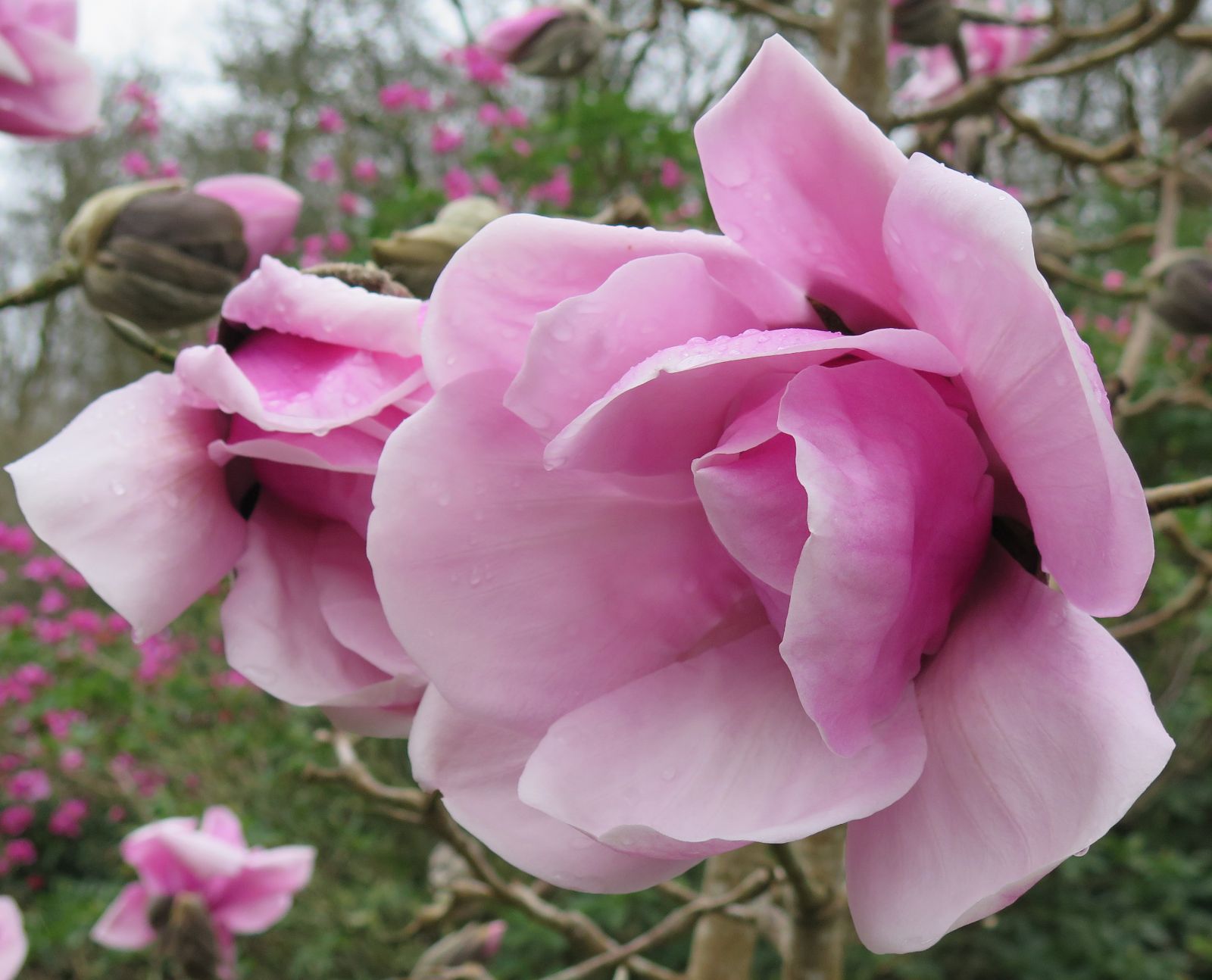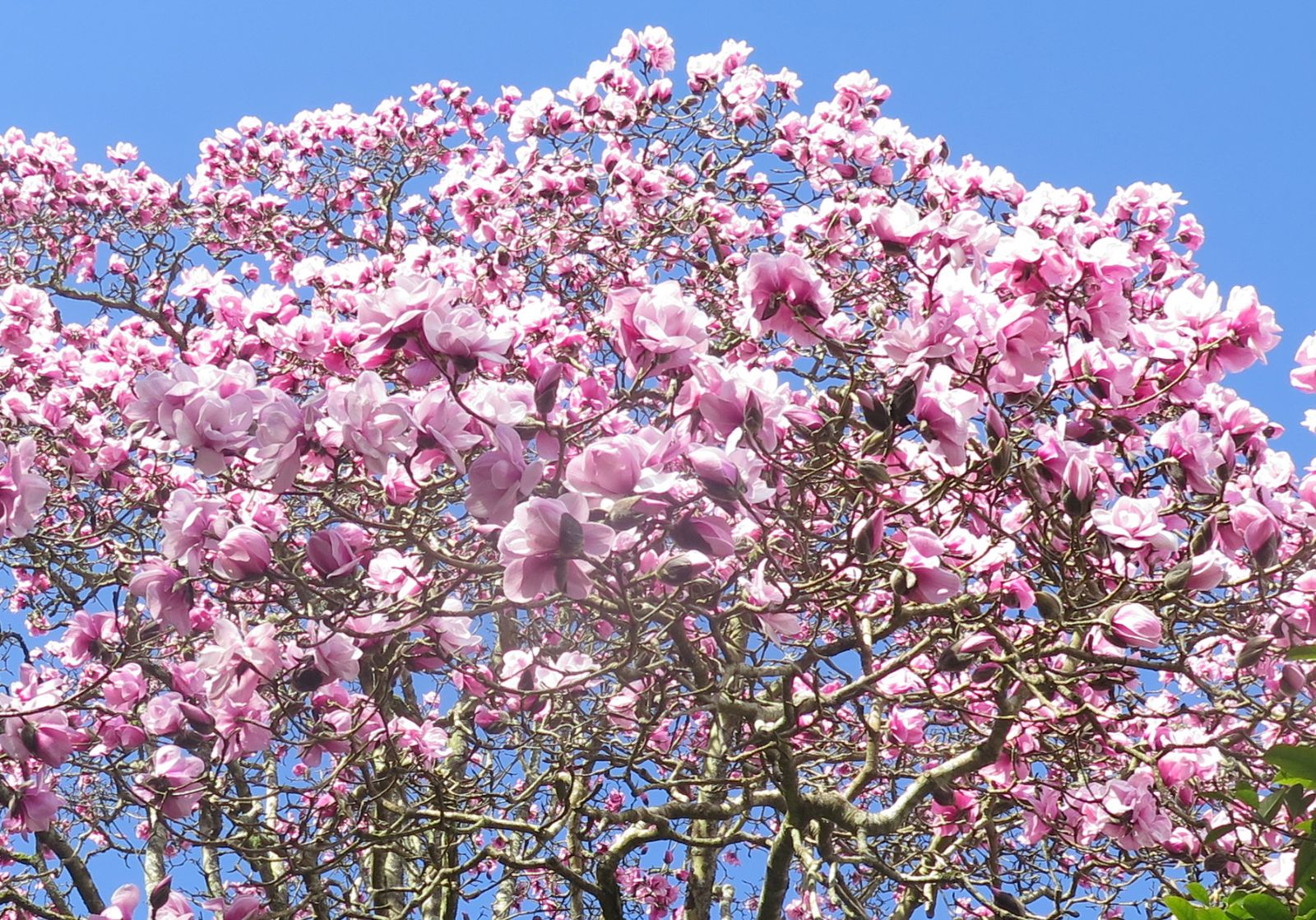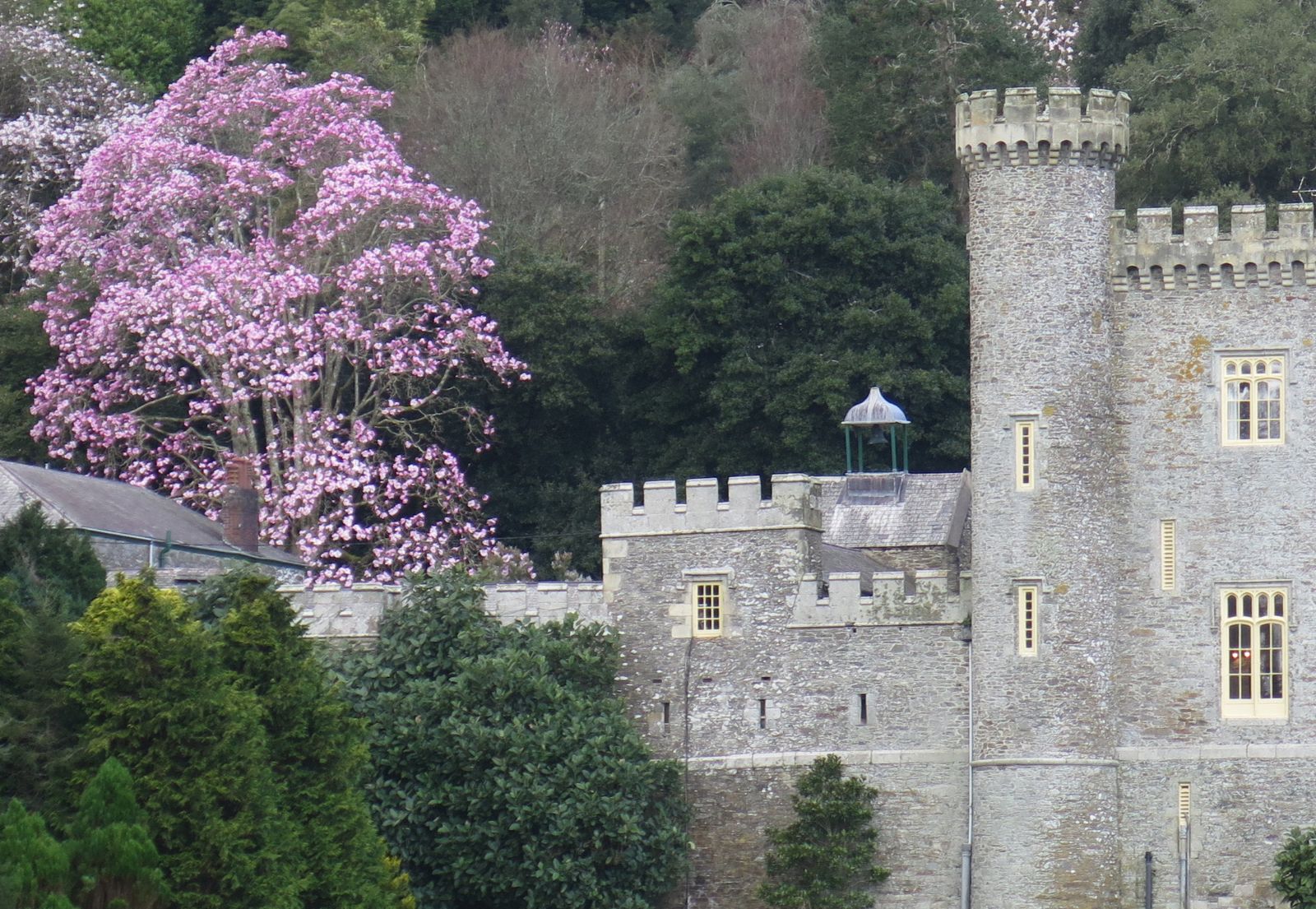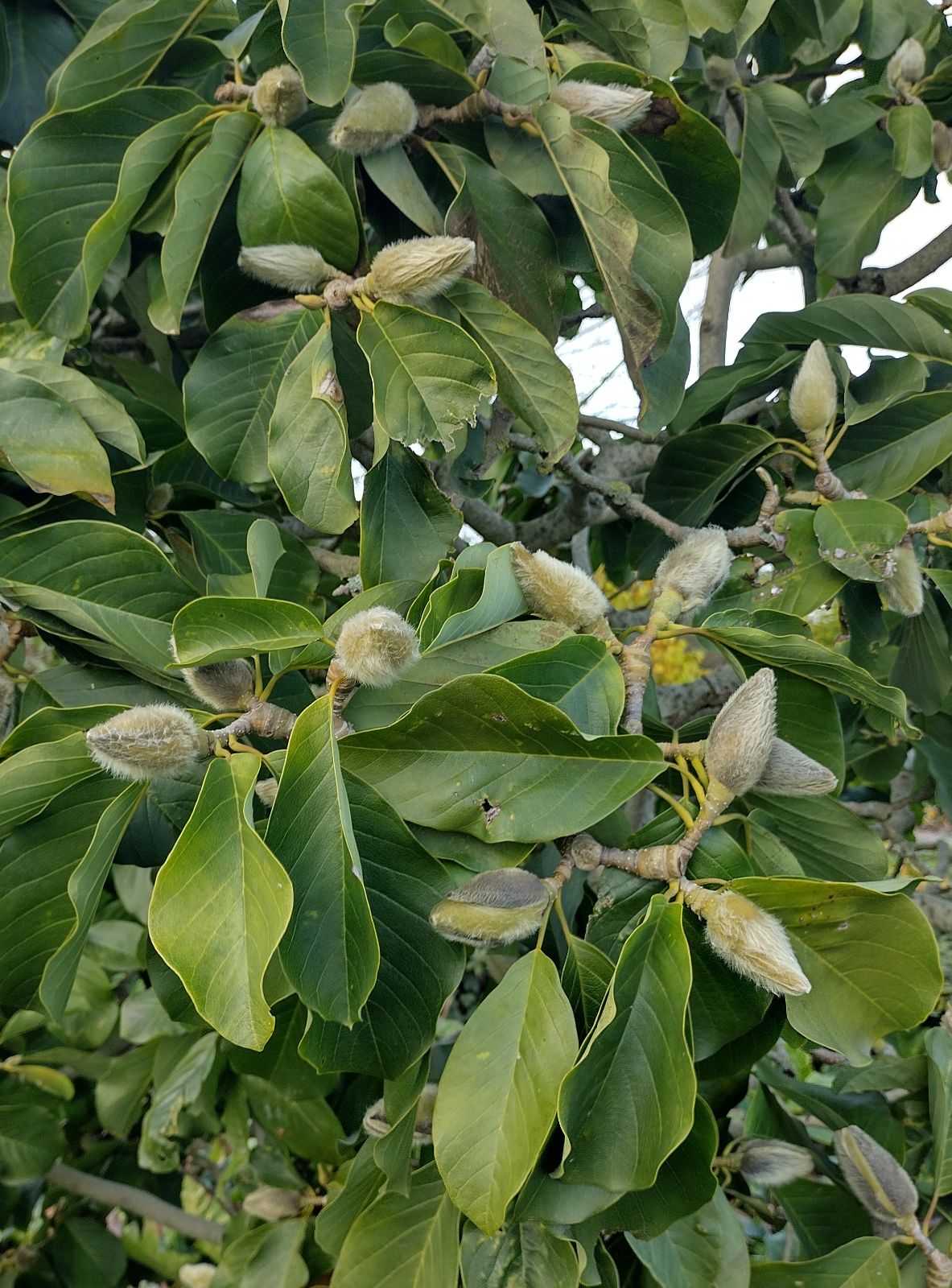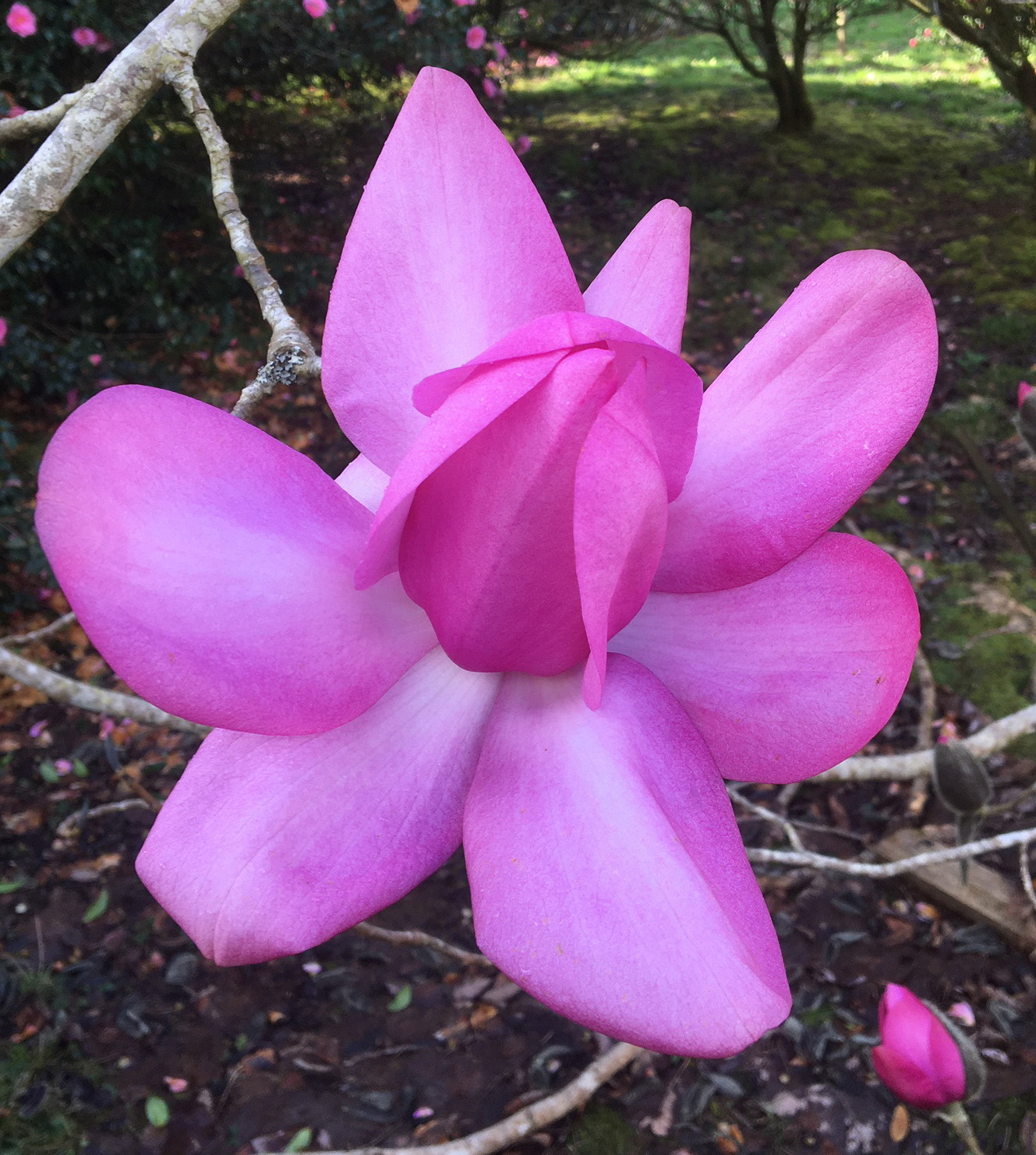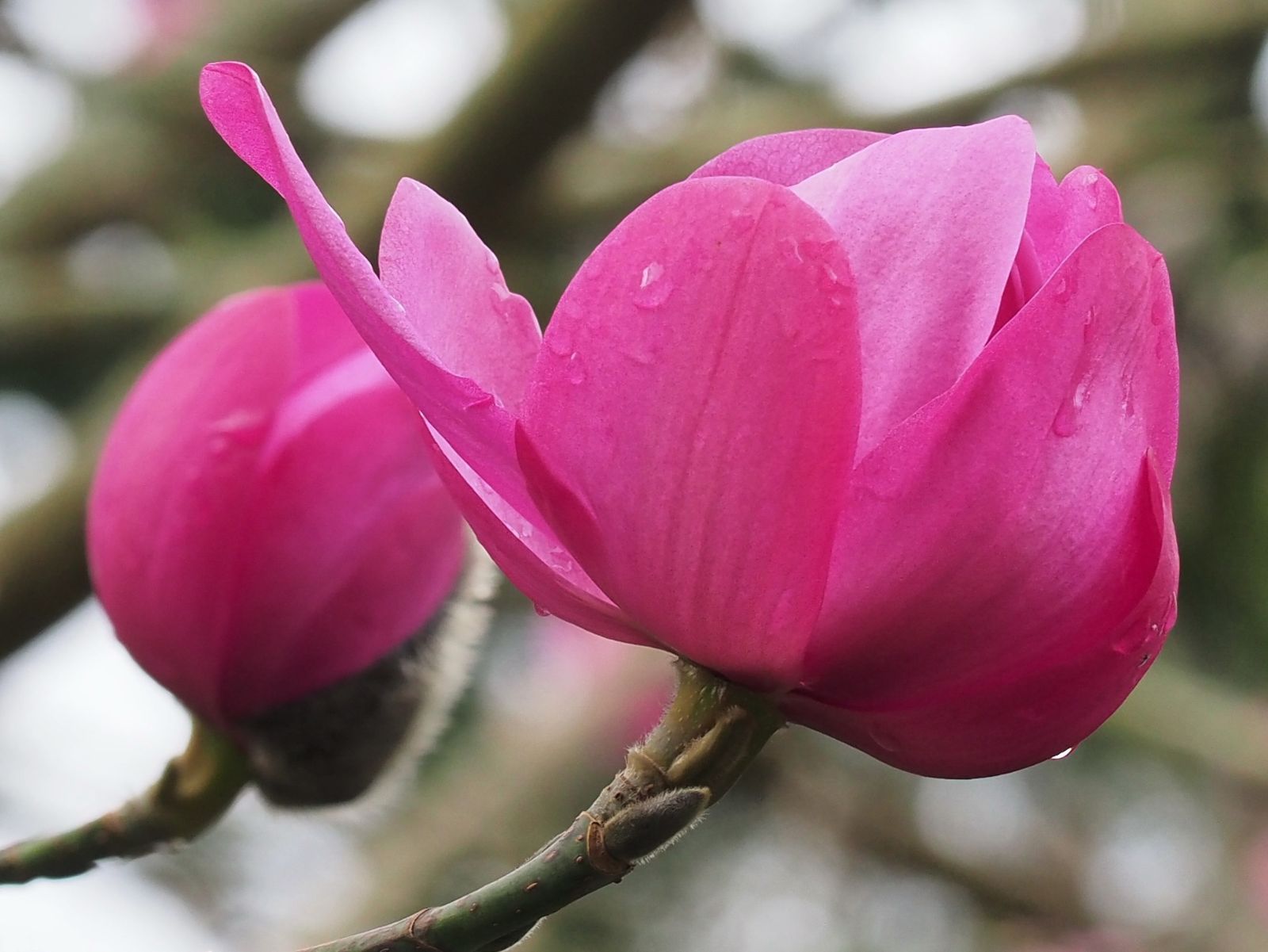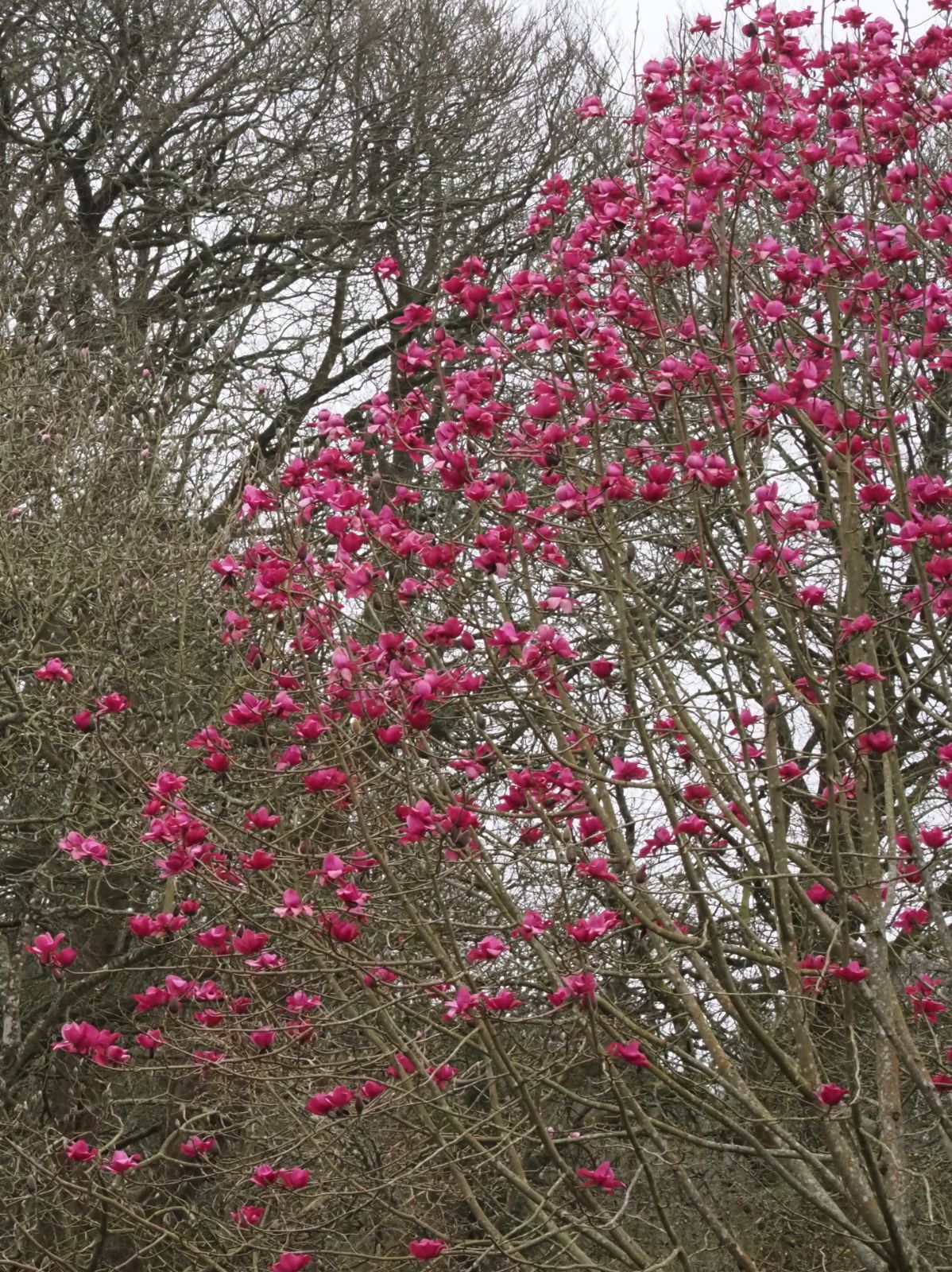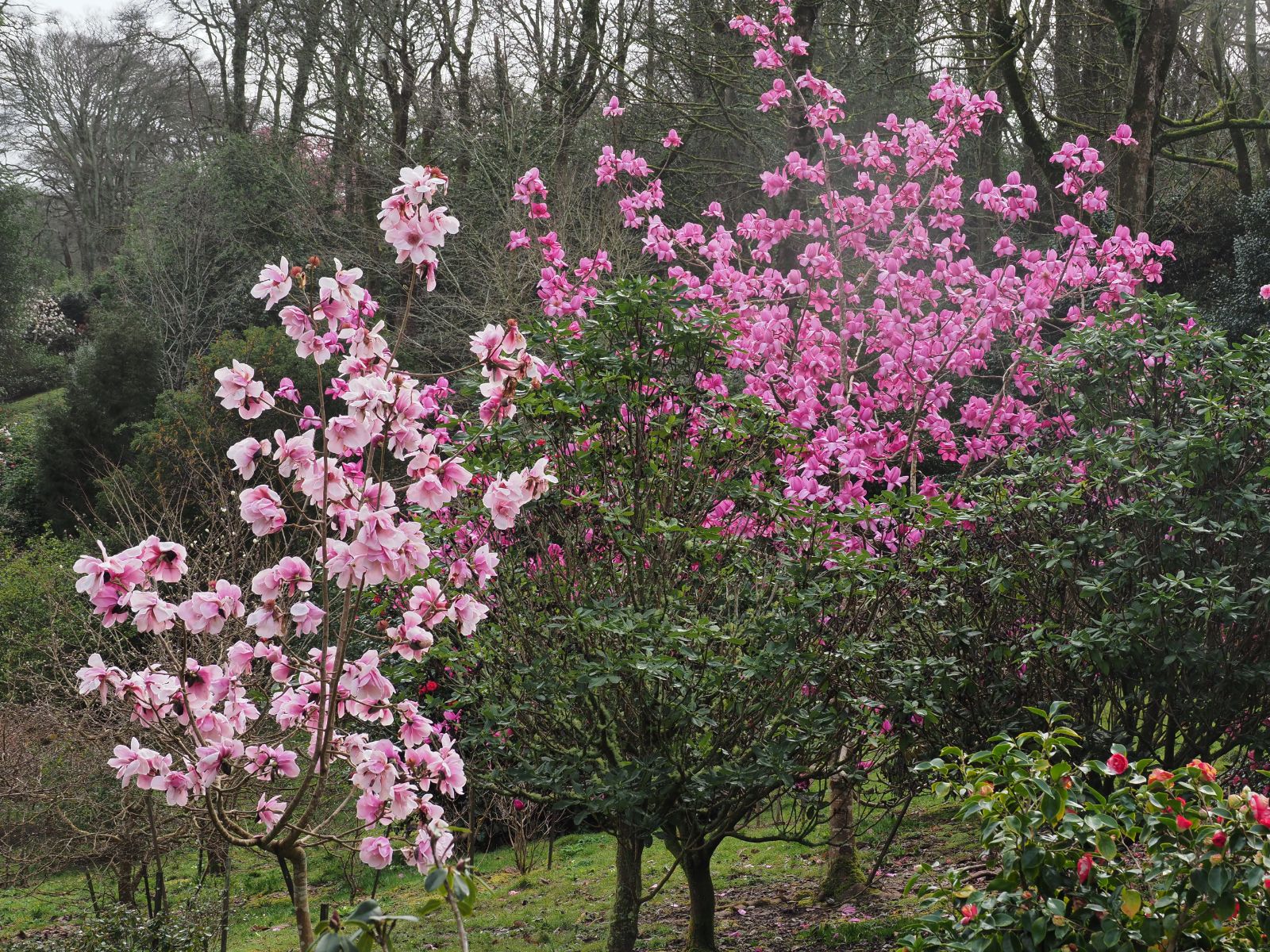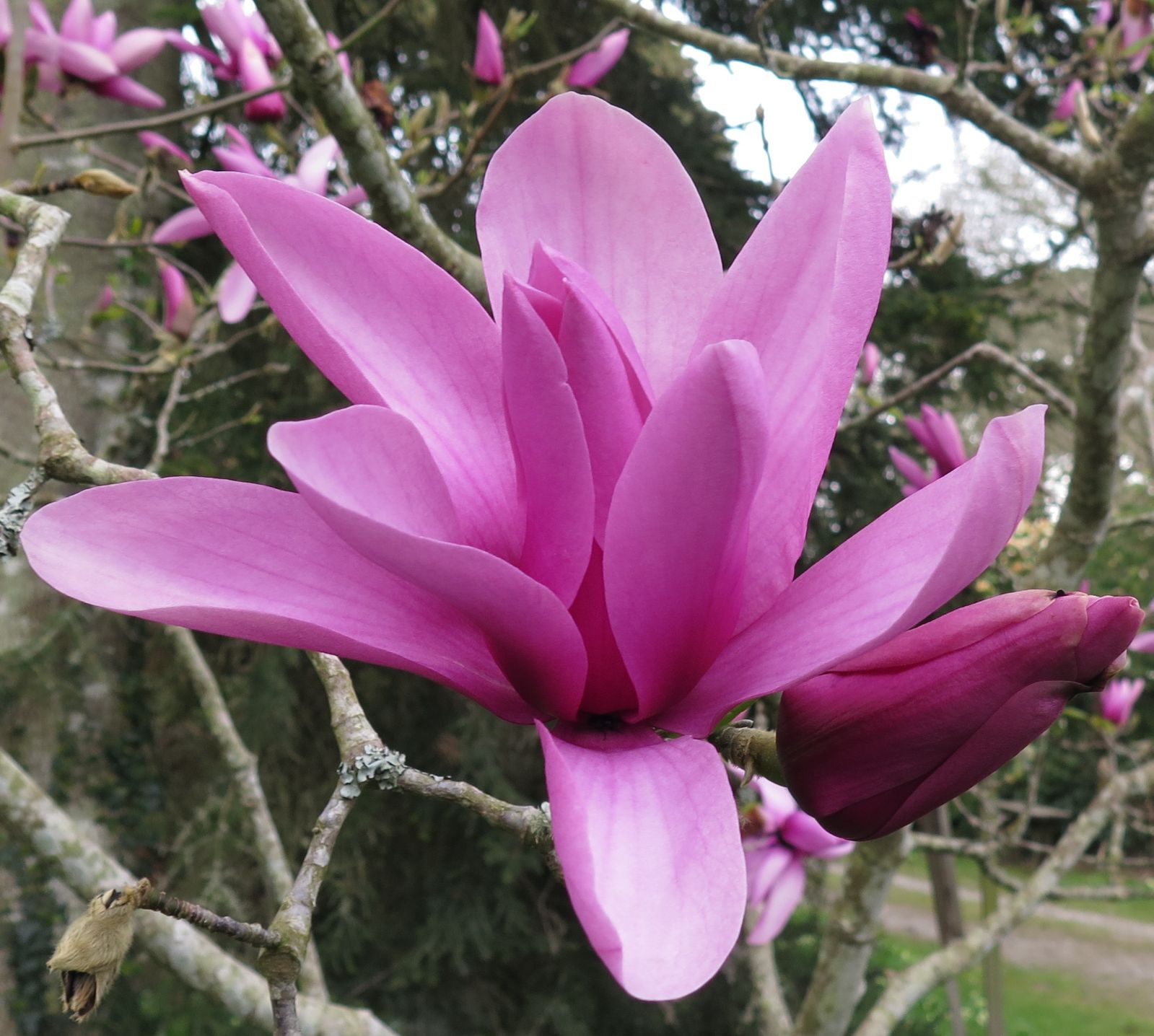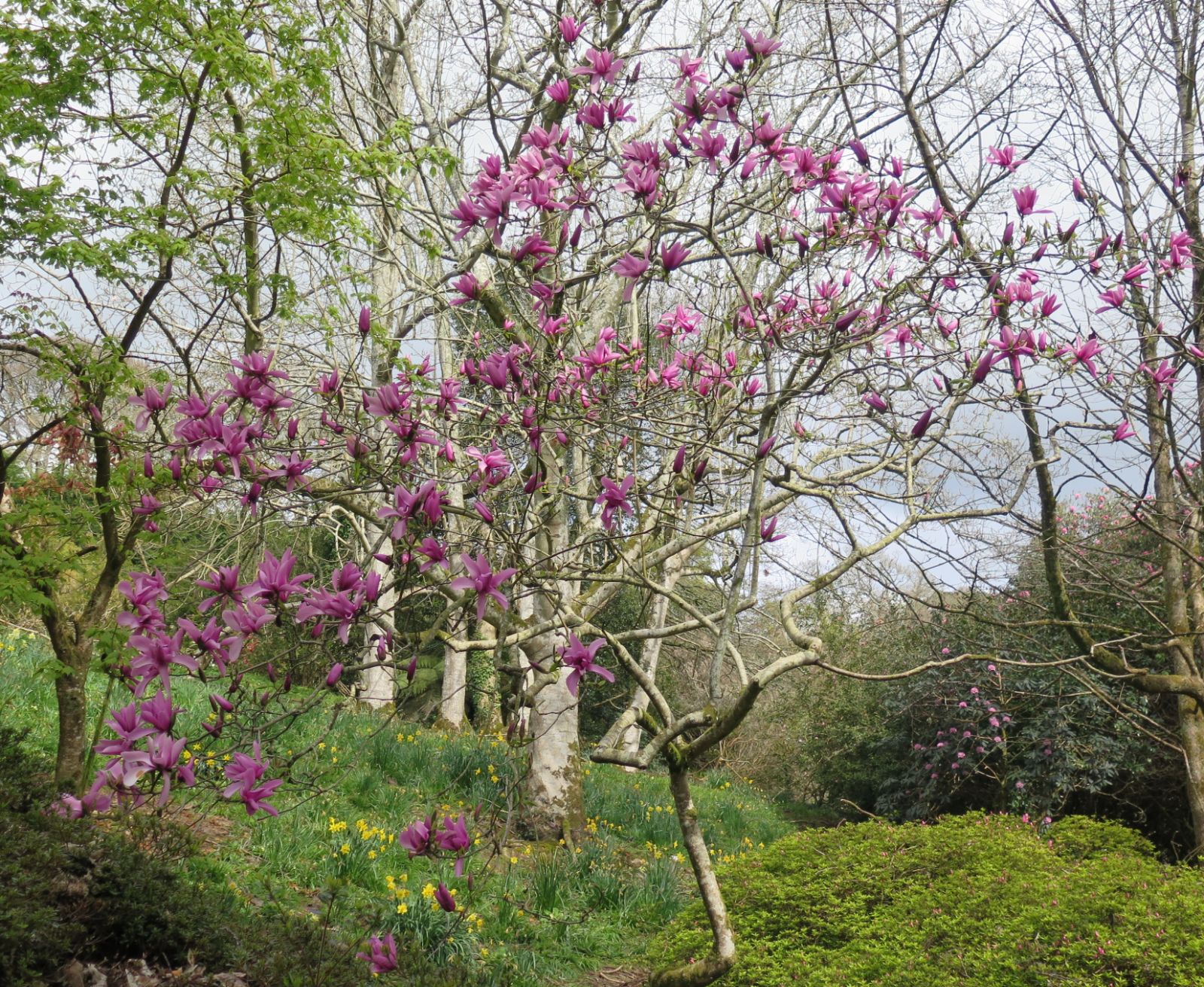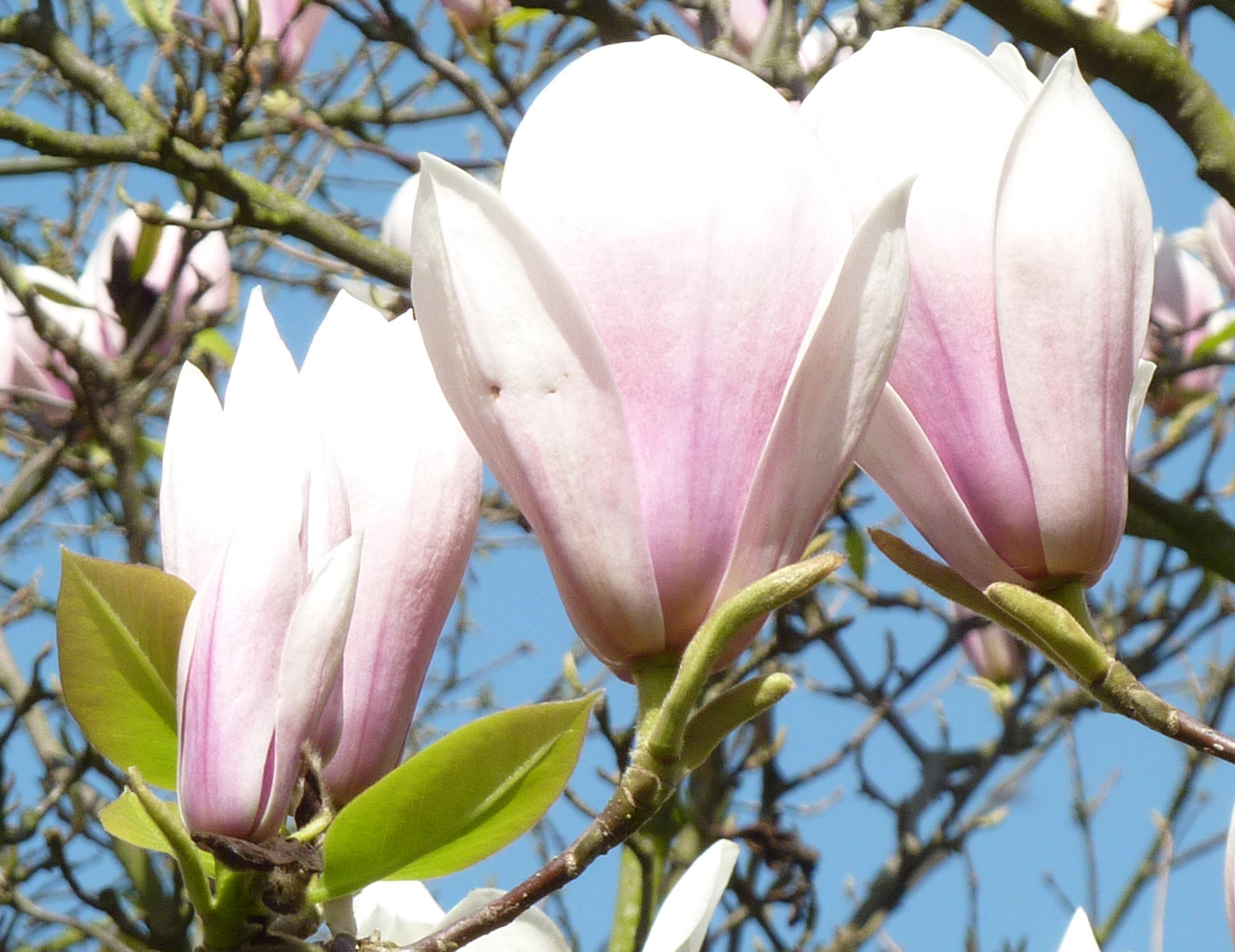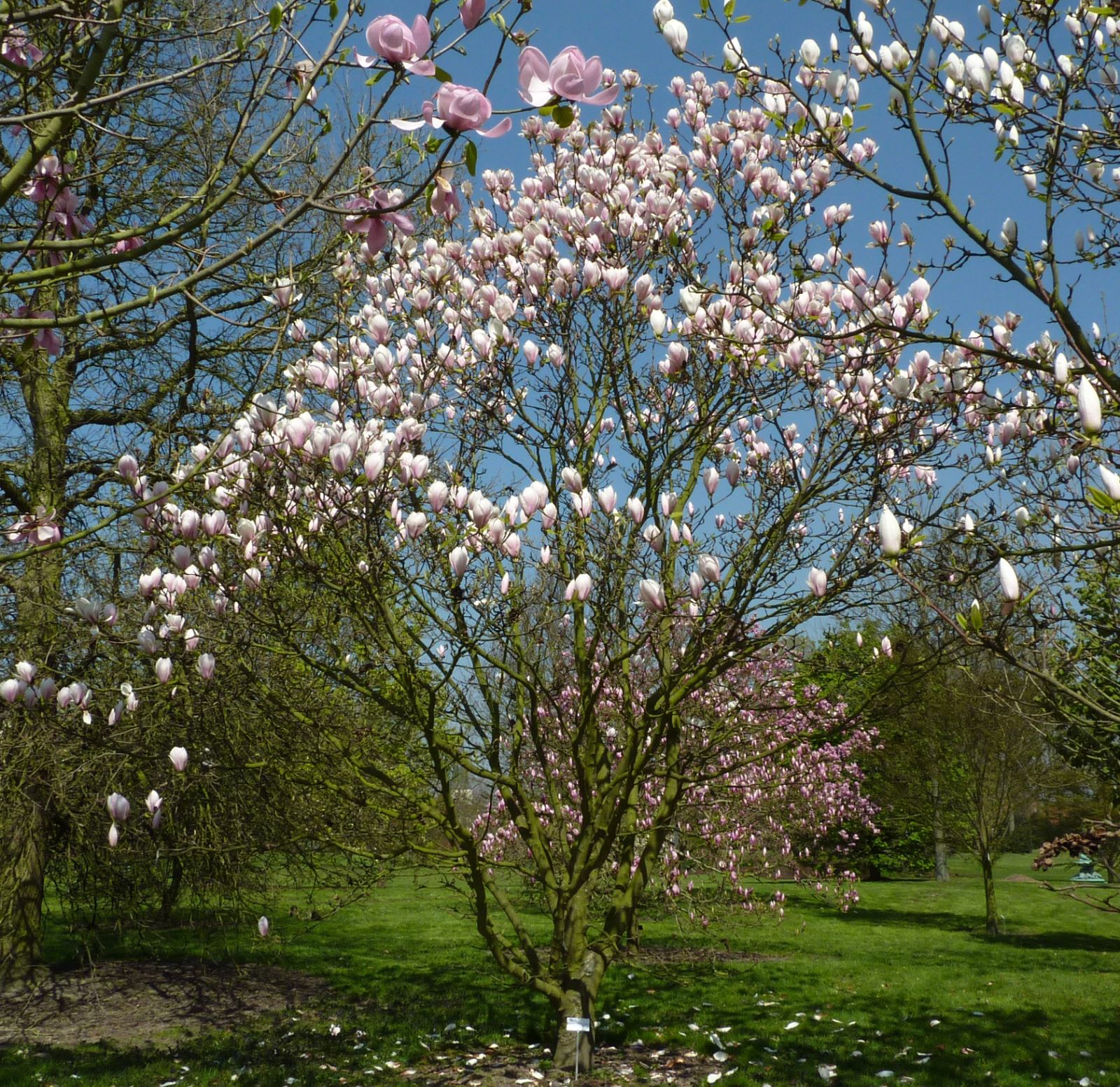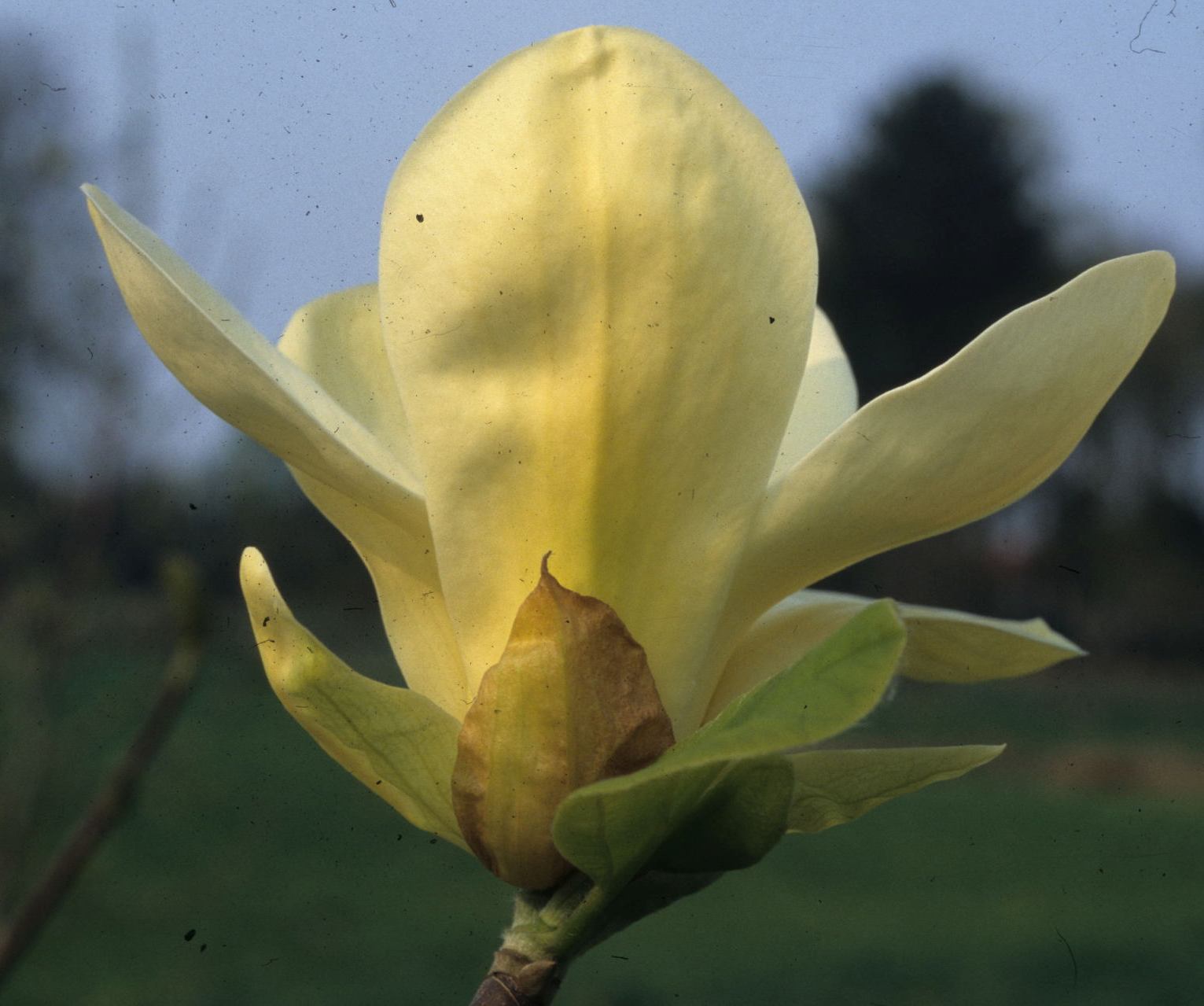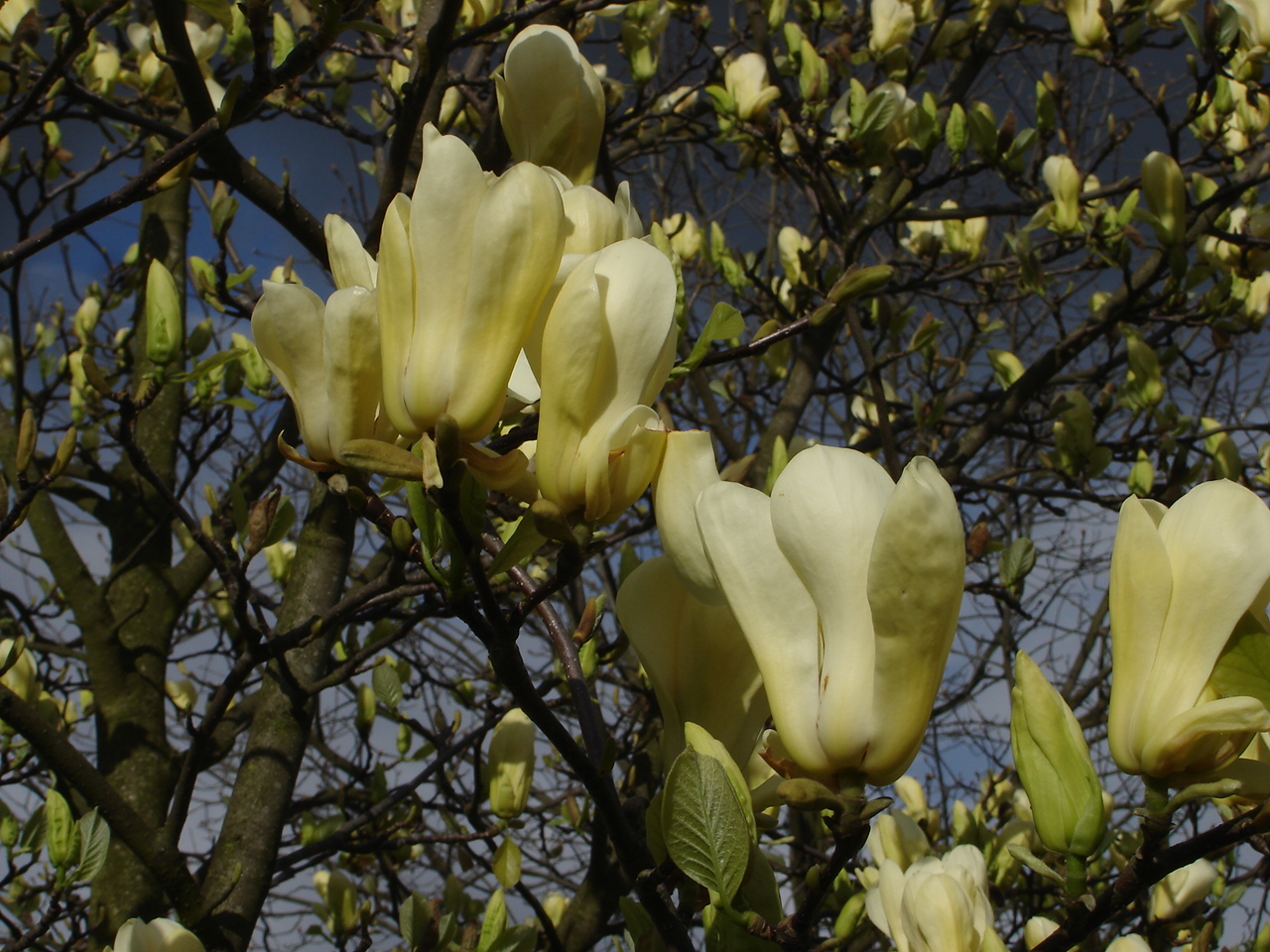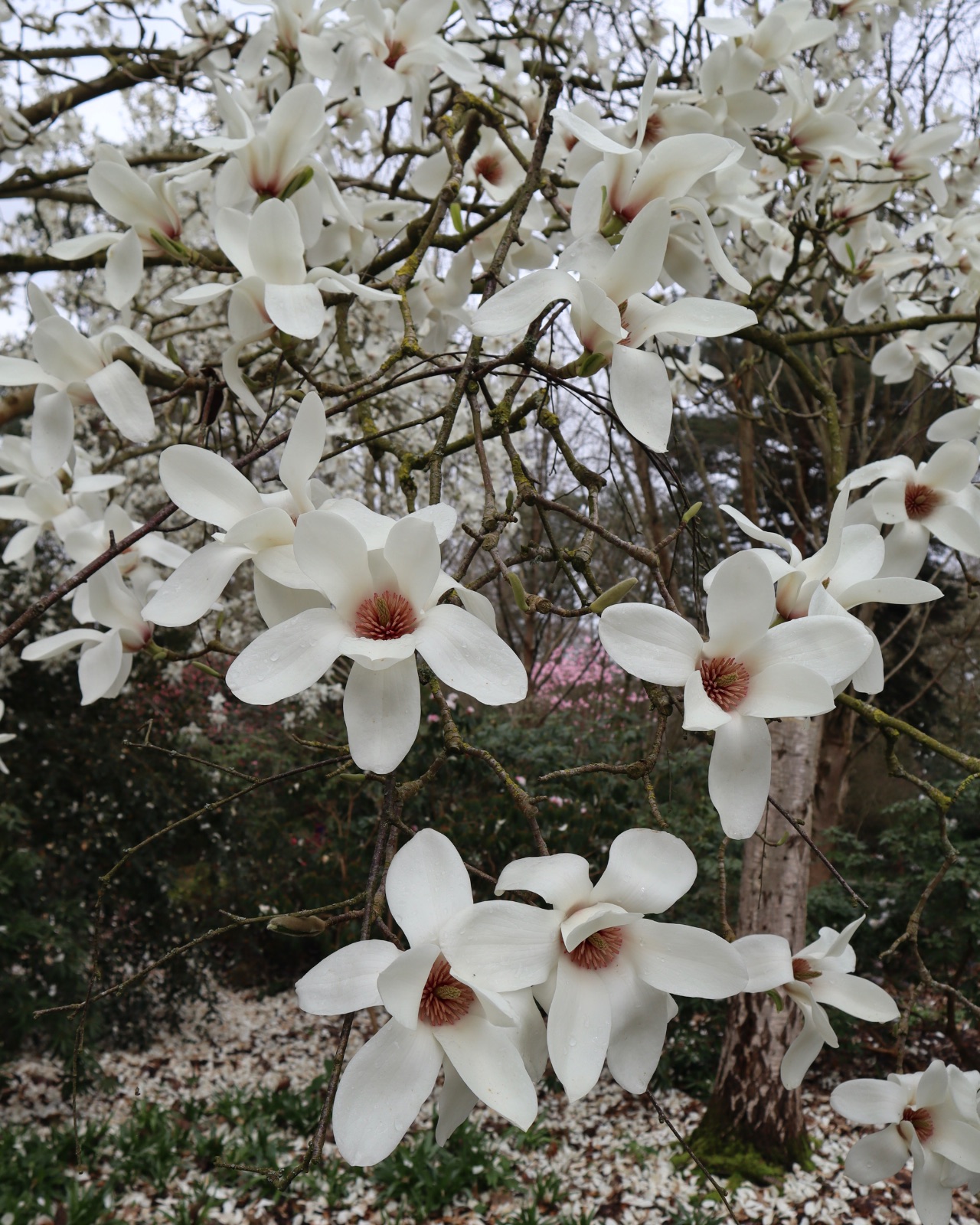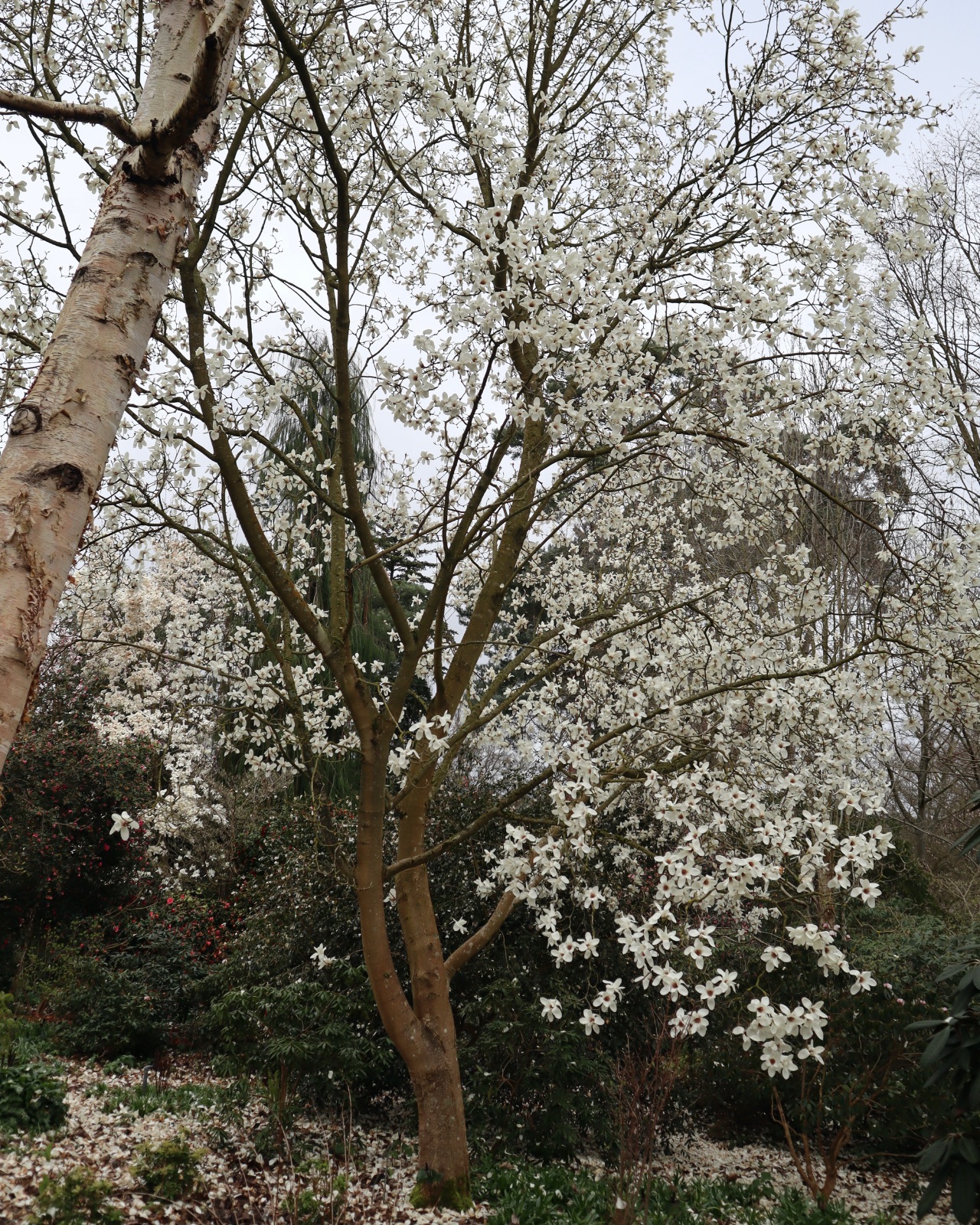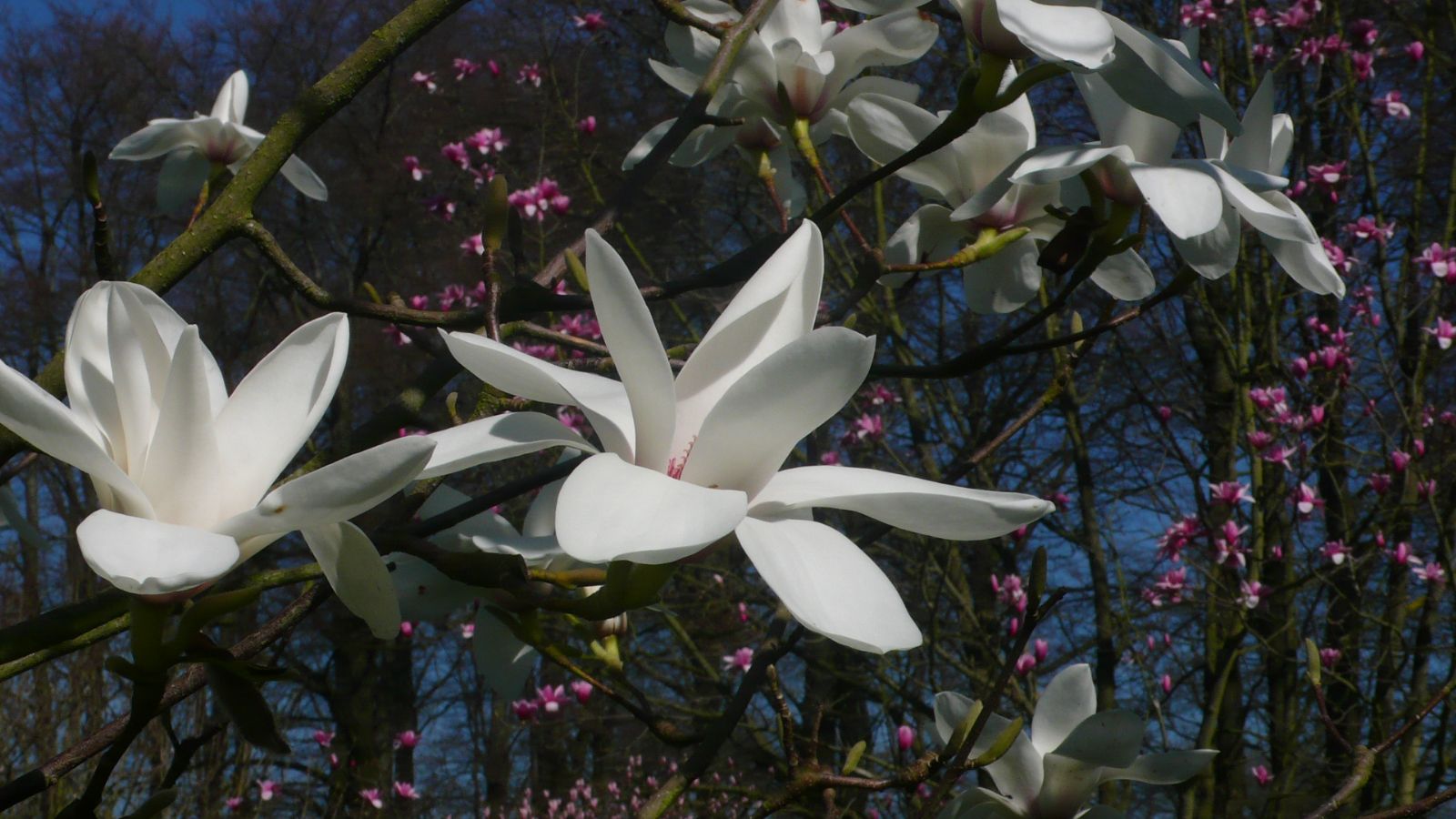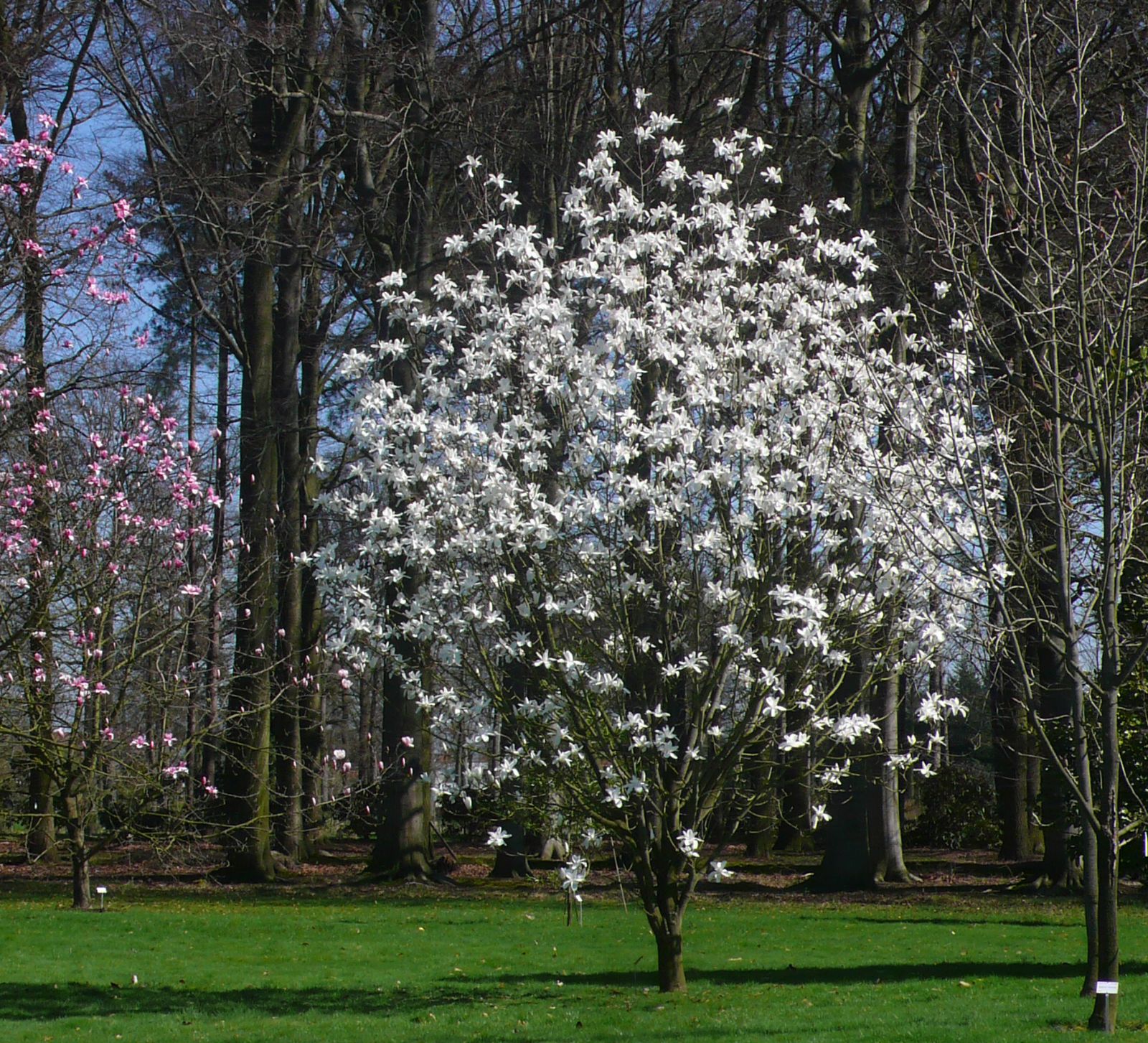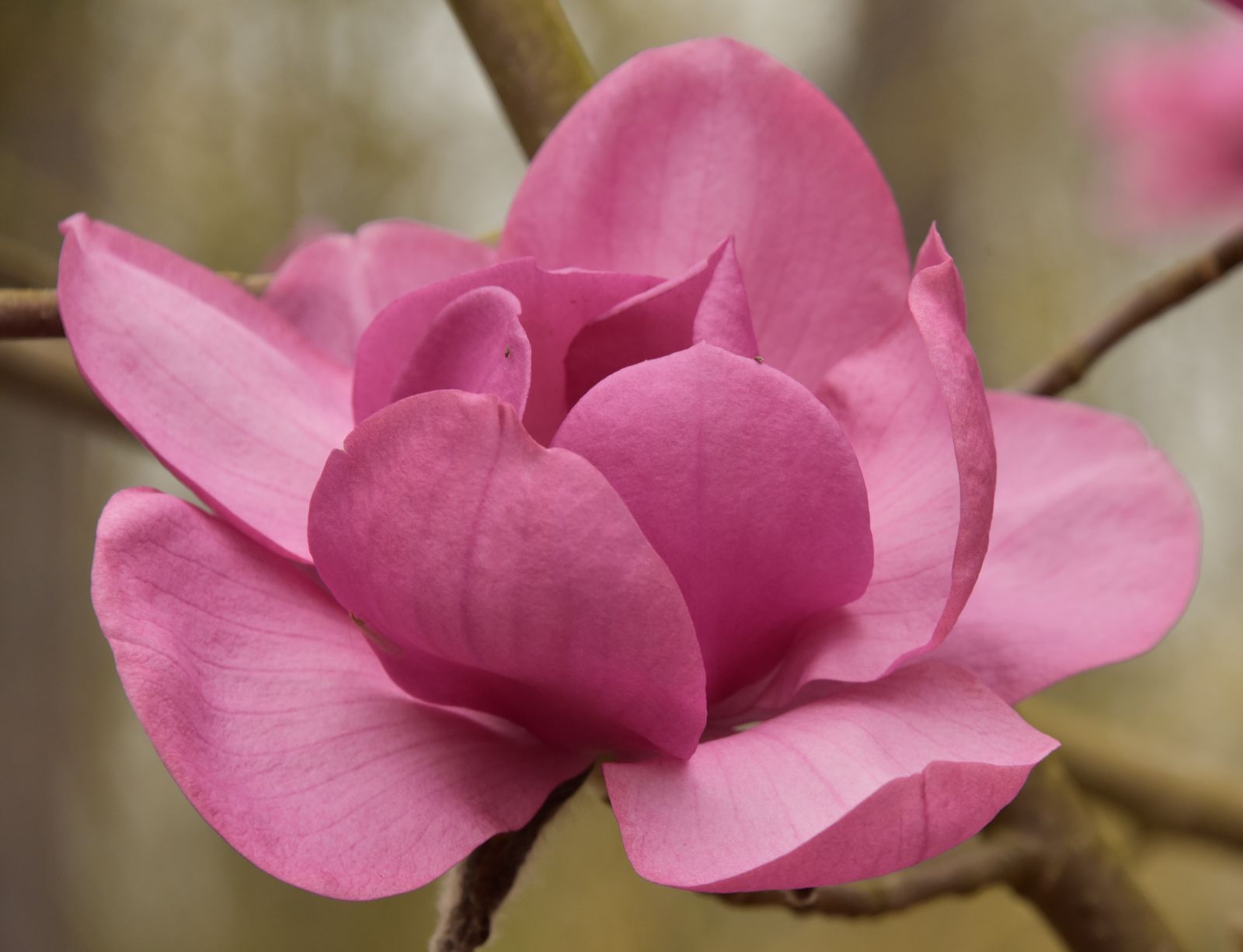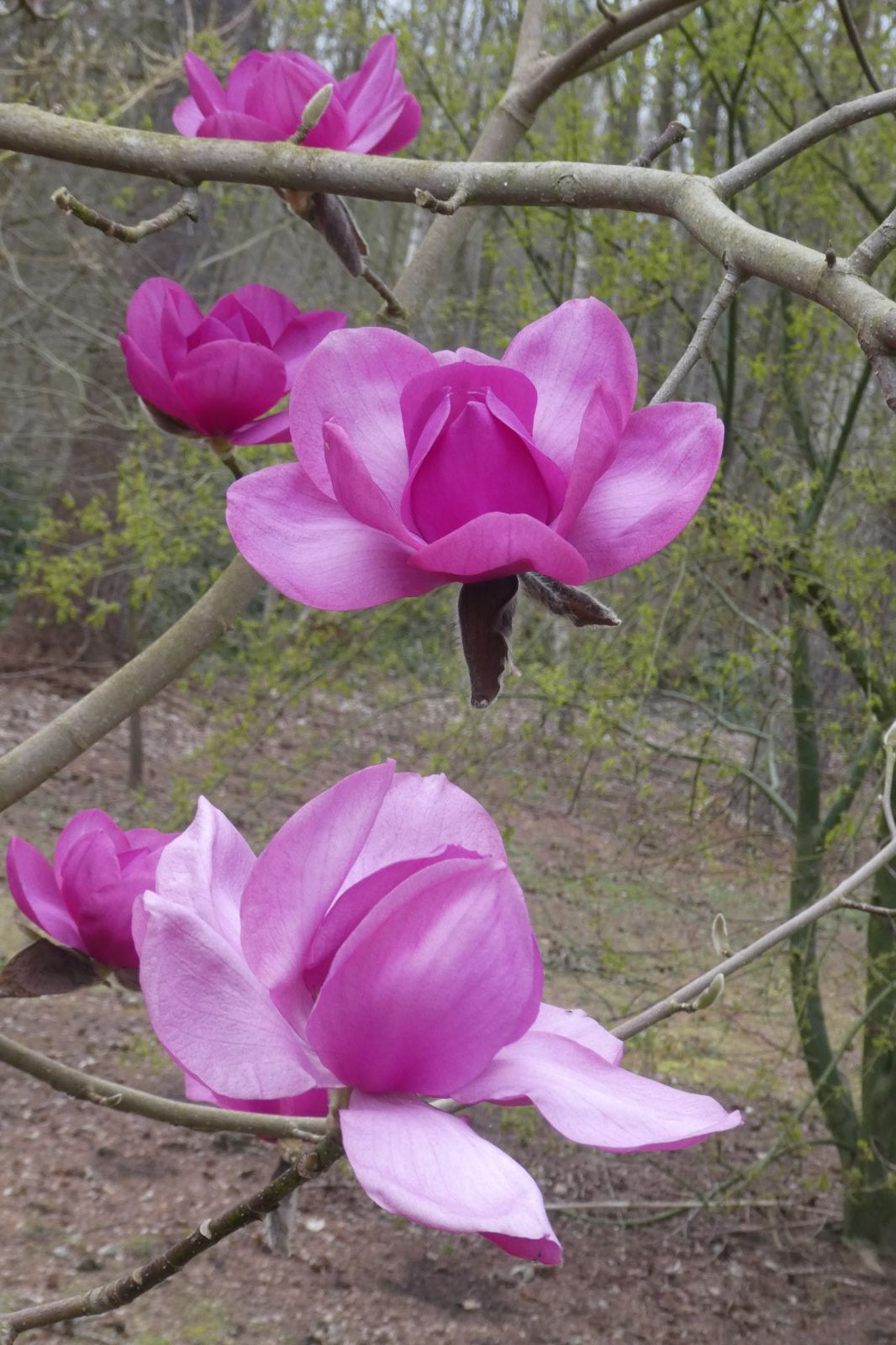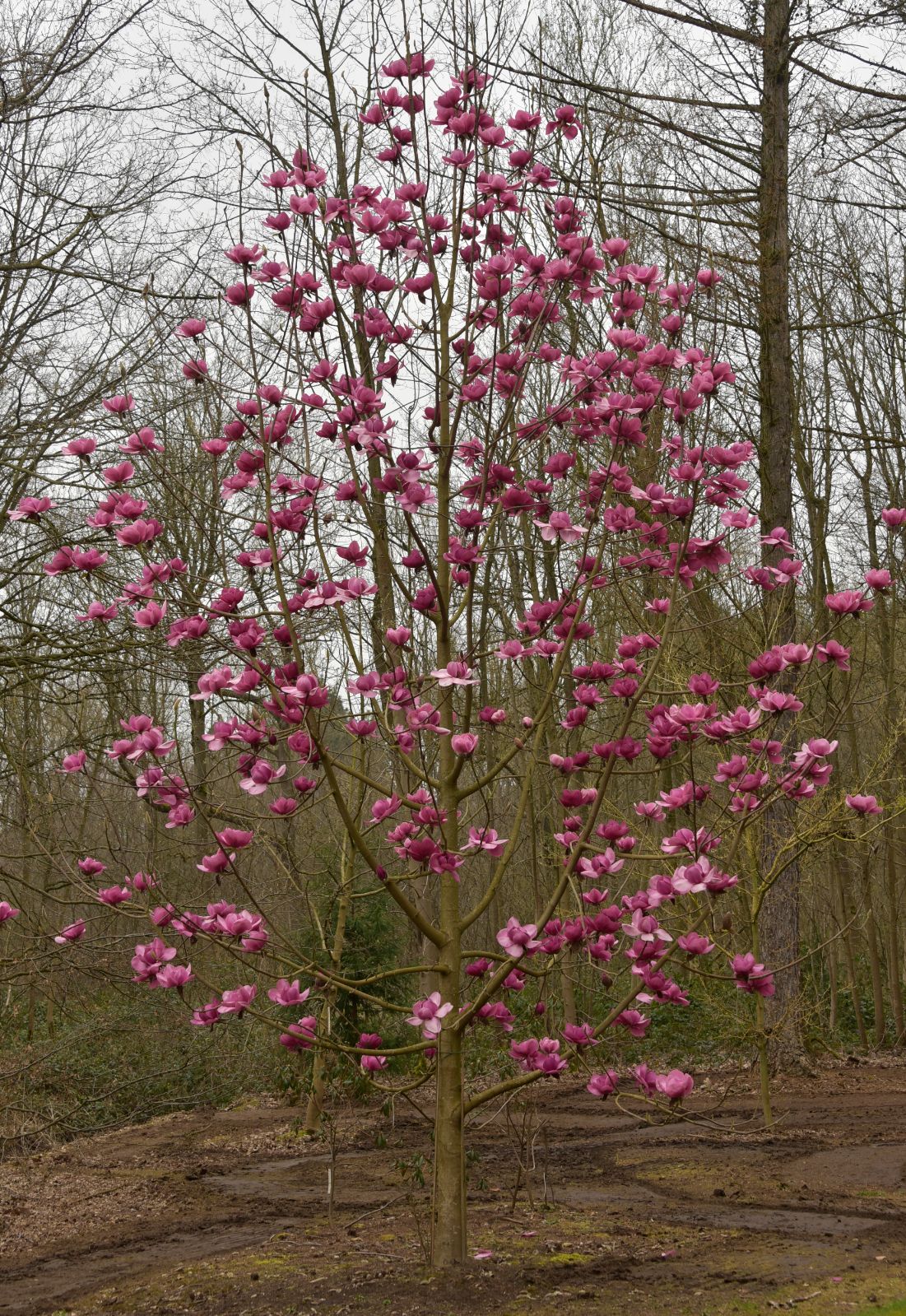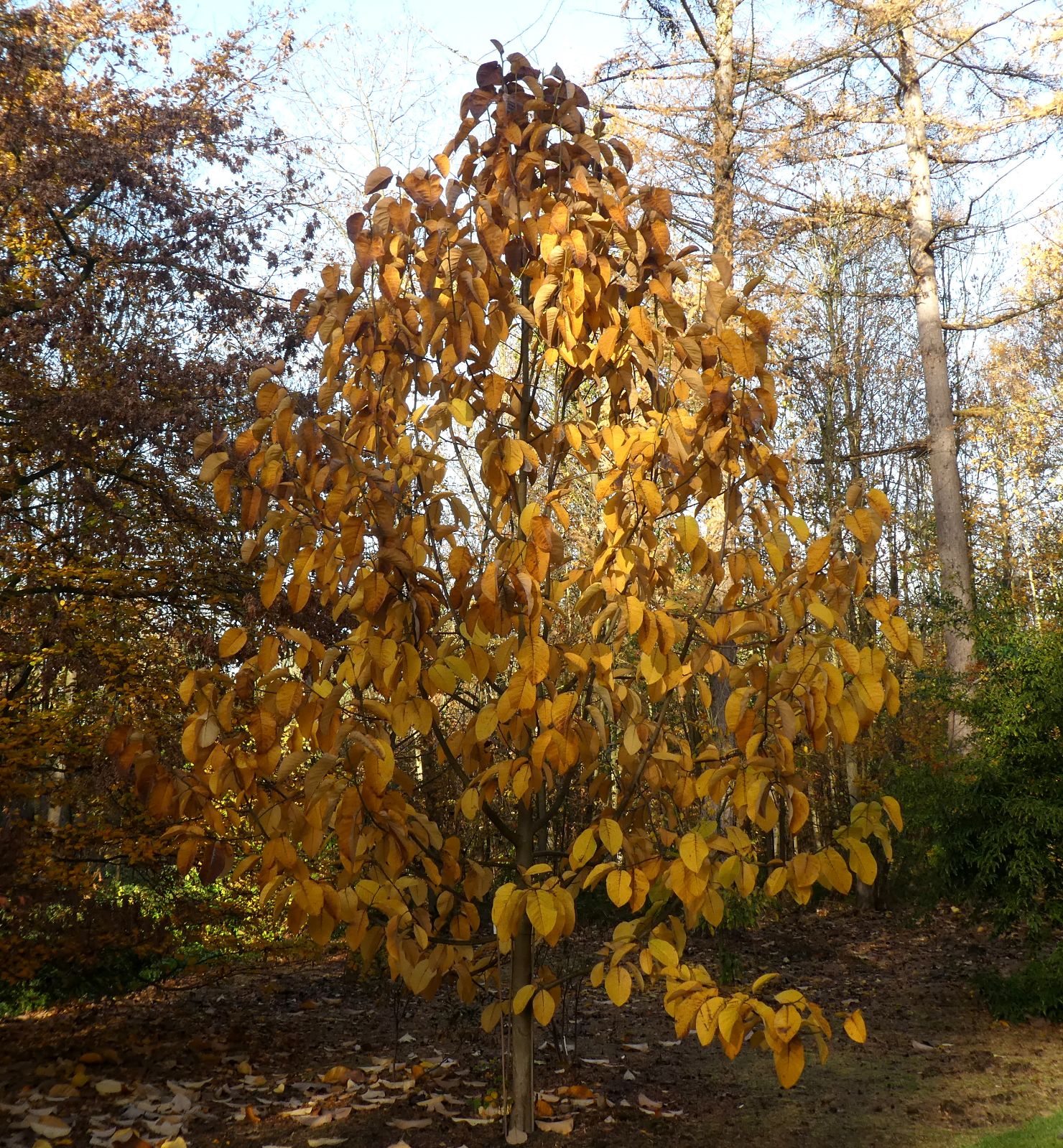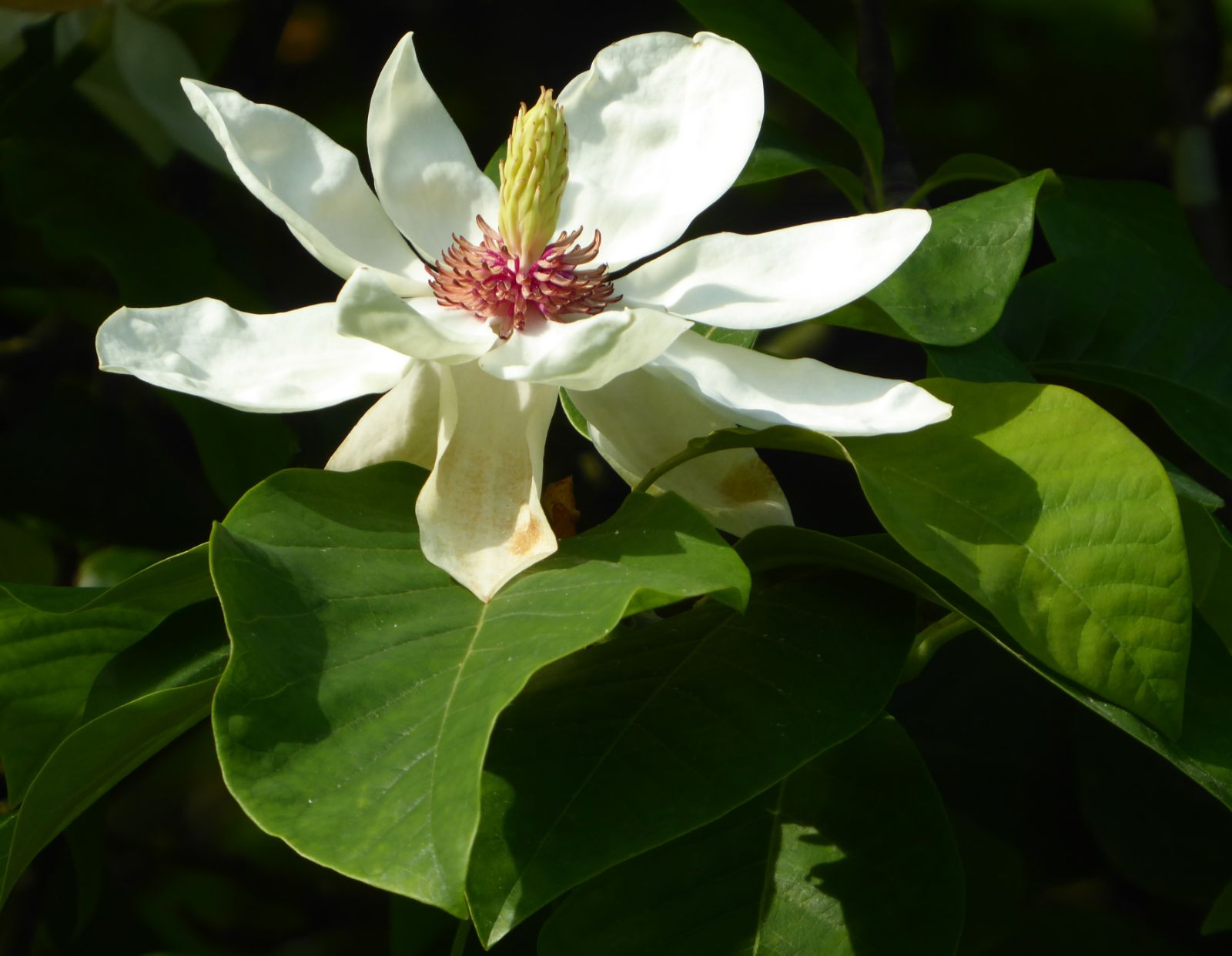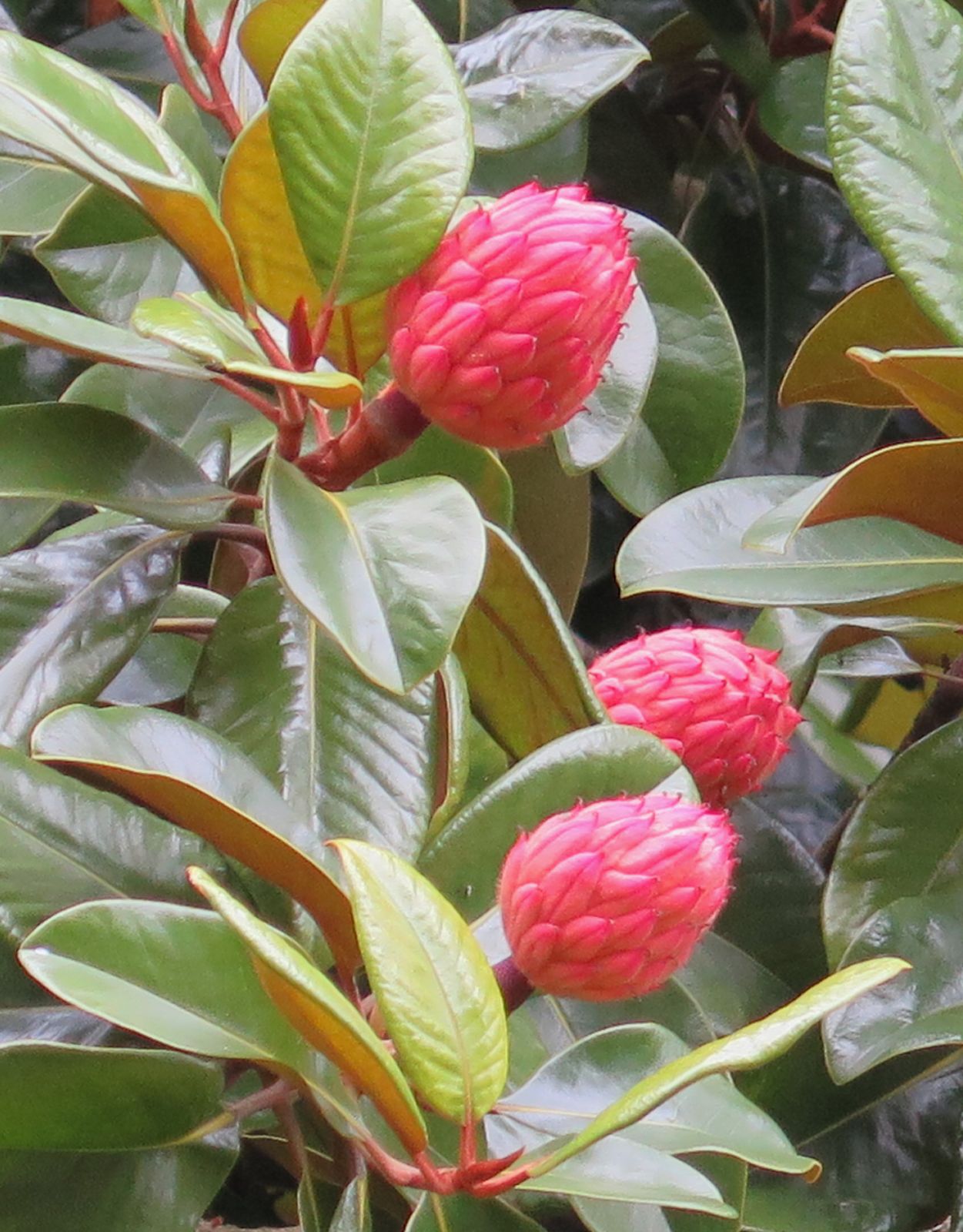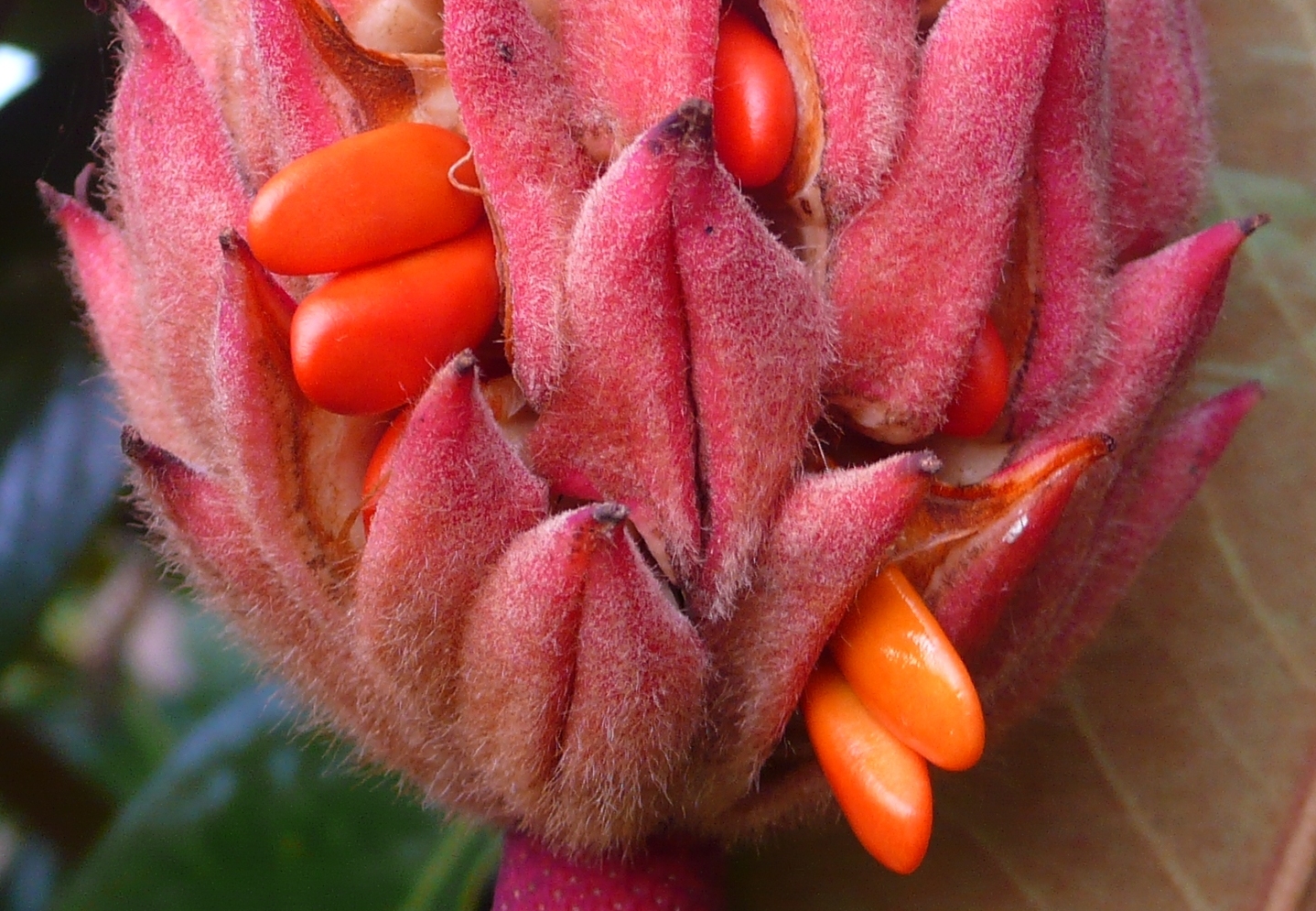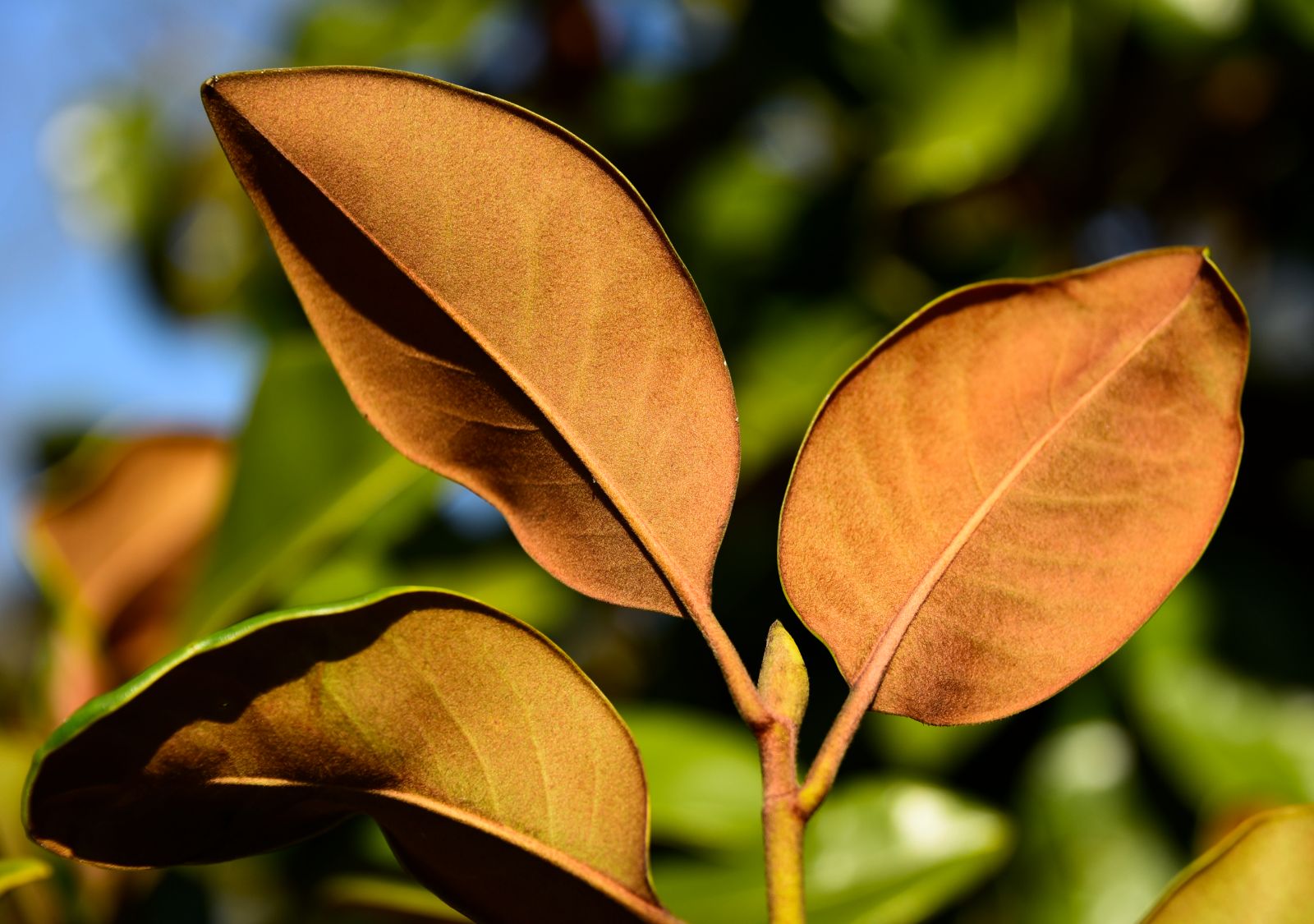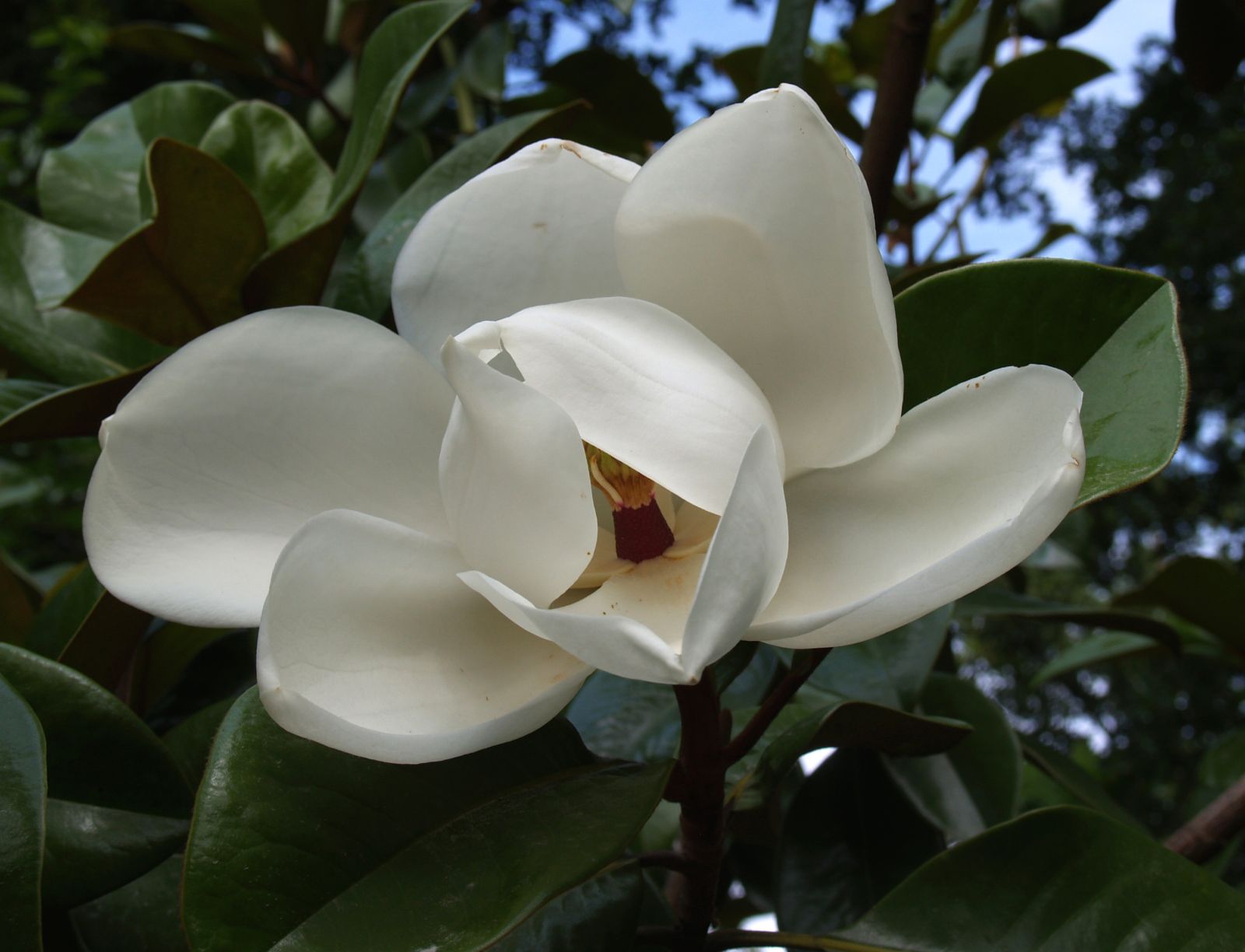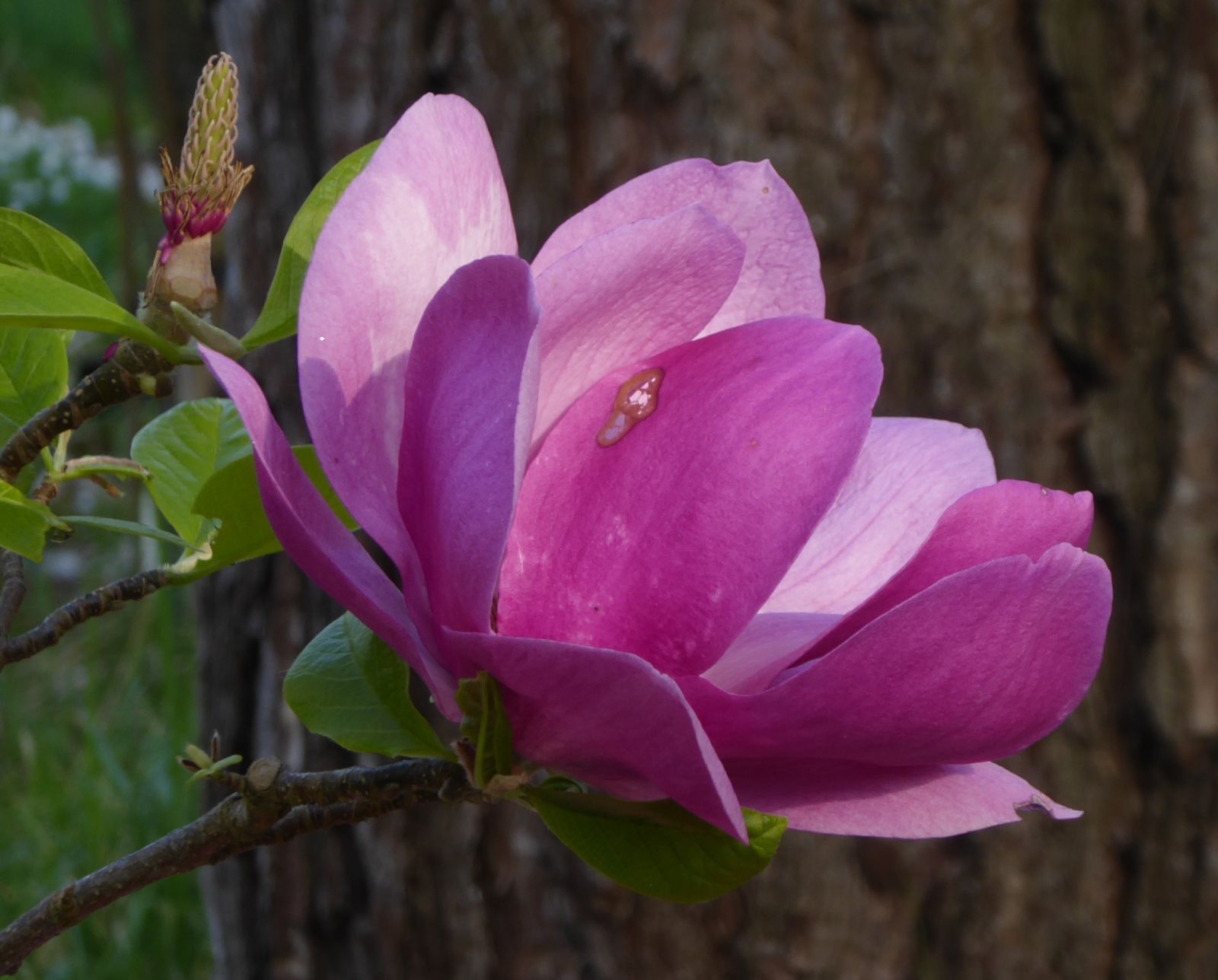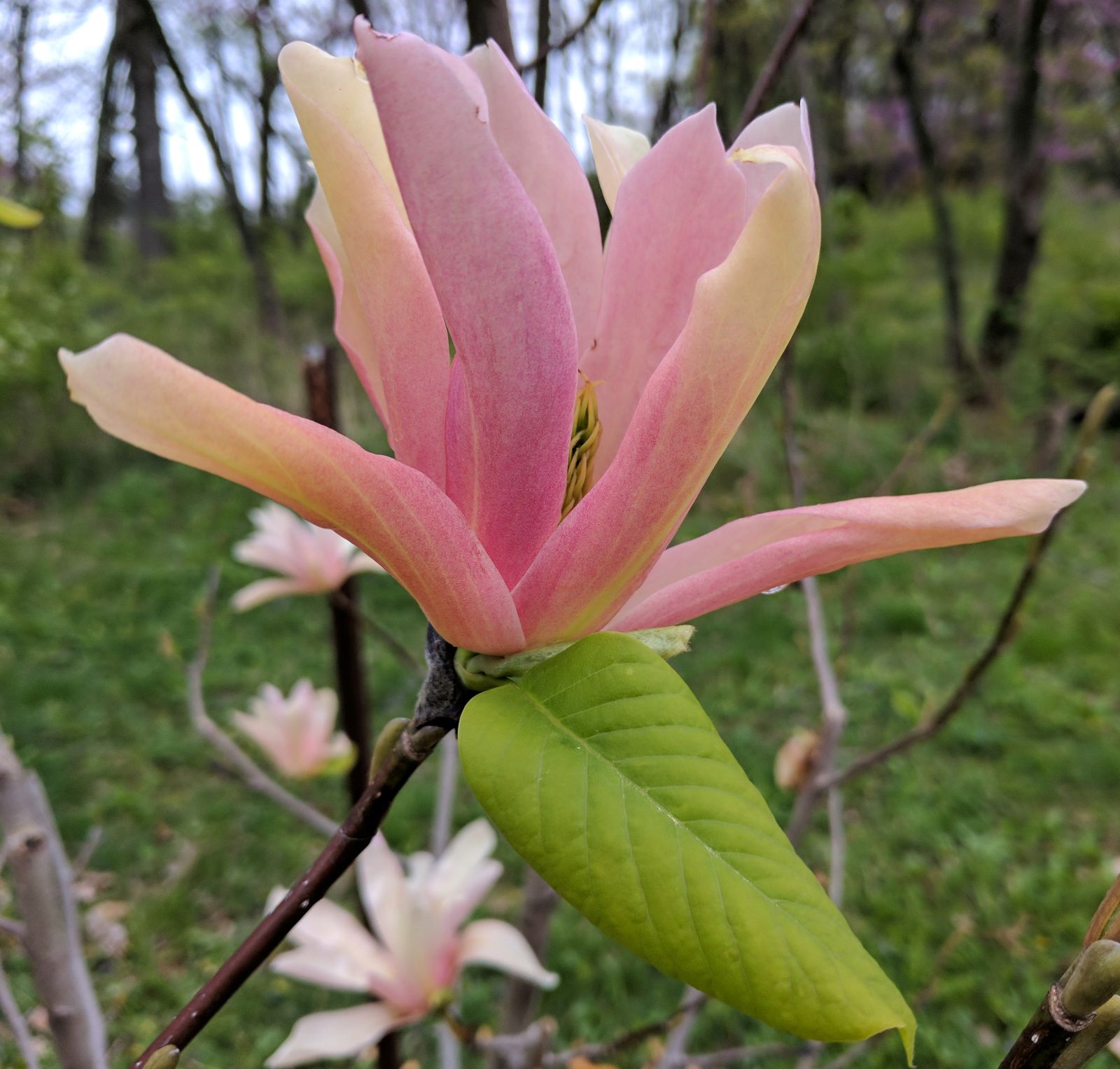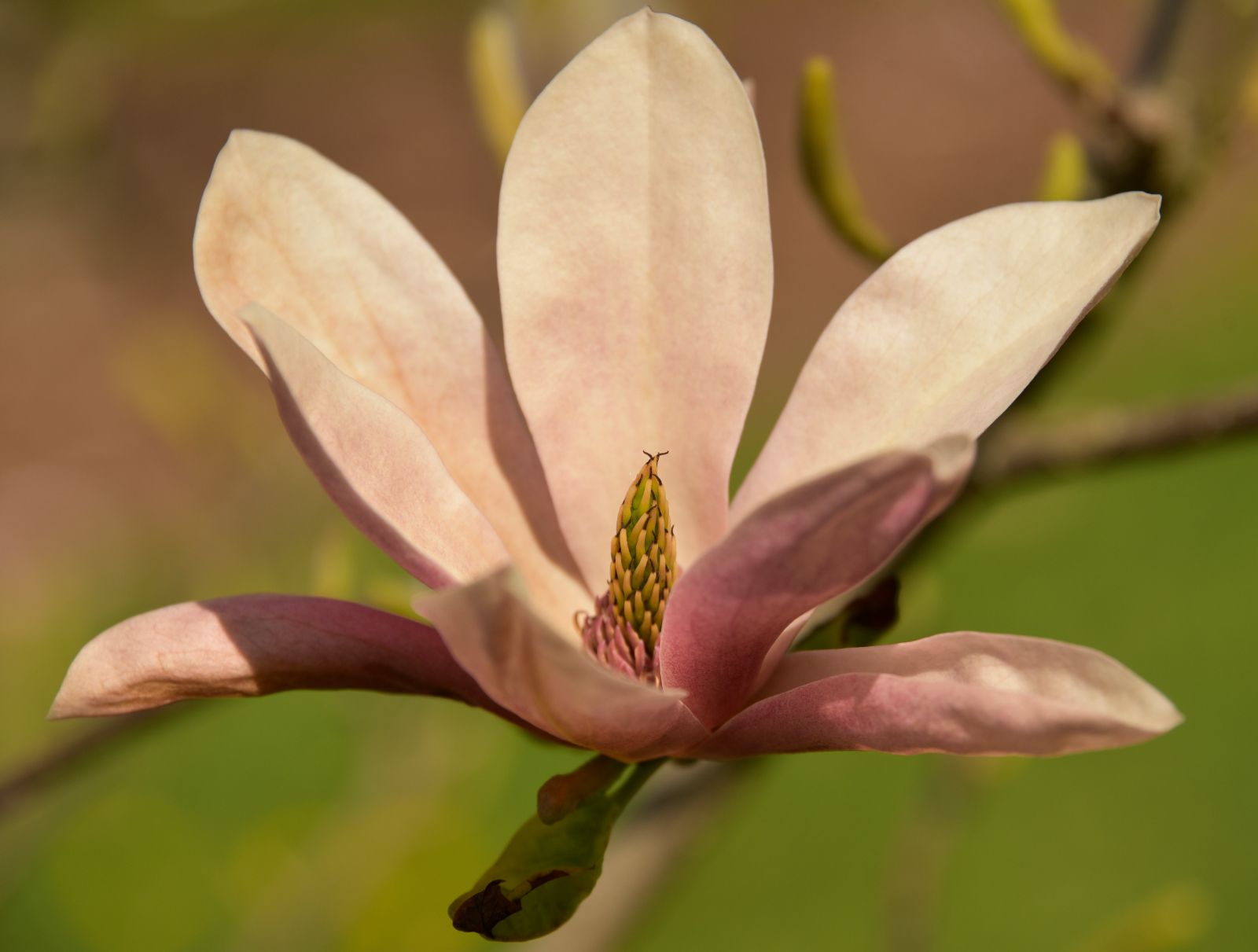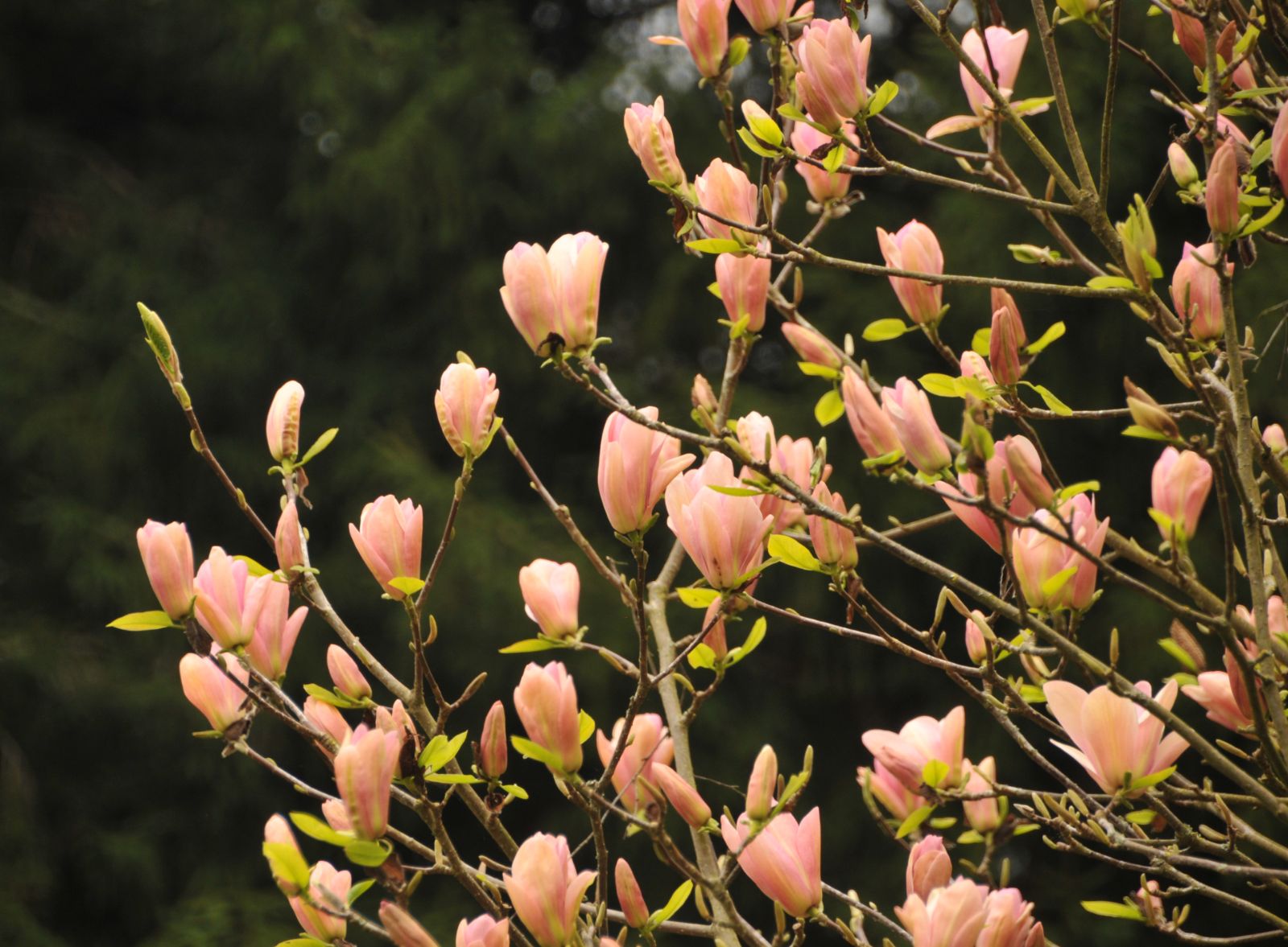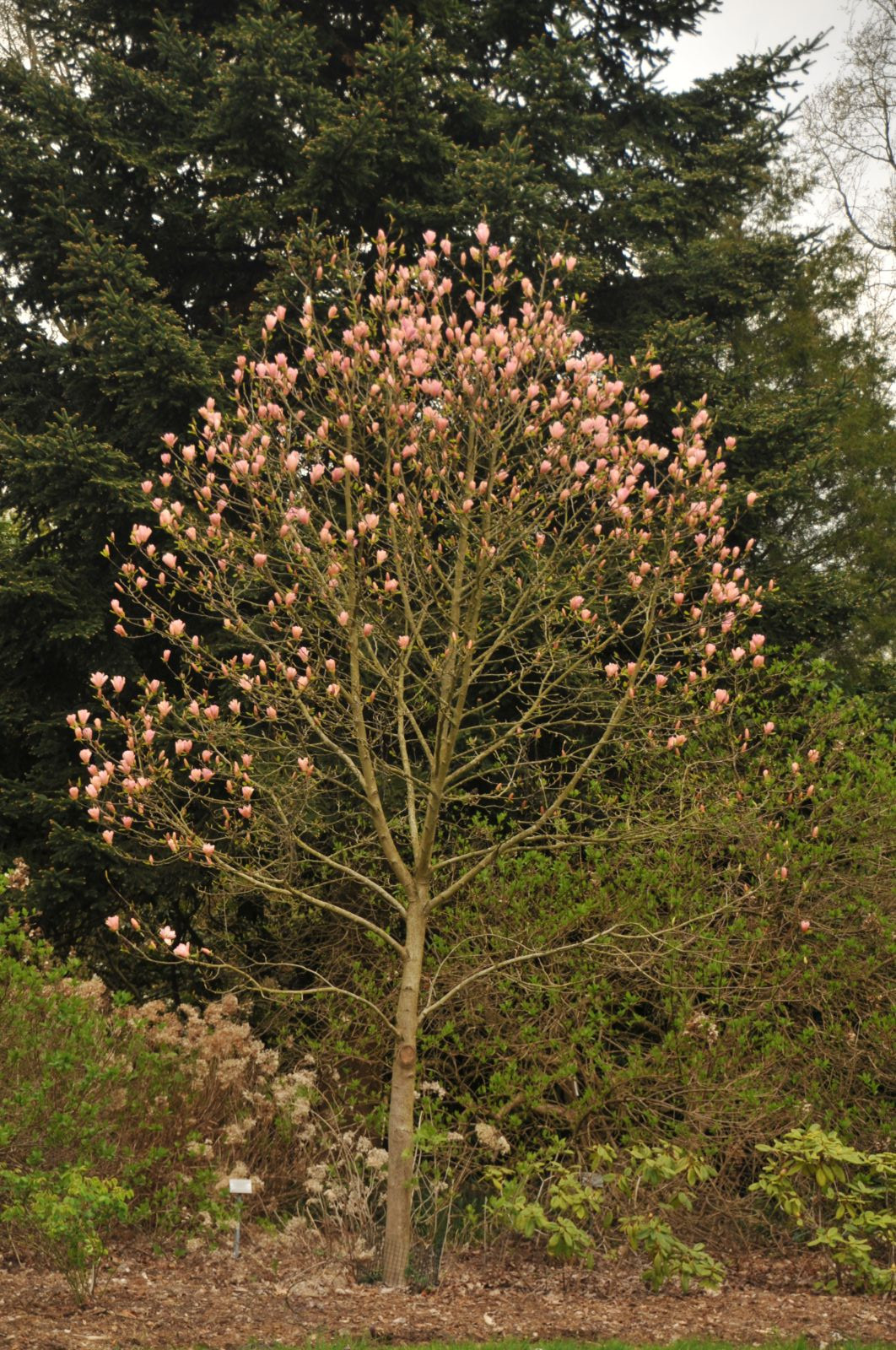Magnolia Cultivars C
Sponsor
Kindly sponsored by
The Roy Overland Charitable Trust

Credits
Julian Sutton (2022)
Recommended citation
Sutton, J. (2022), 'Magnolia Cultivars C' from the website Trees and Shrubs Online (treesandshrubsonline.
Genus
Infraspecifics
- 'Caerhays Belle'
- 'Caerhays Splendour'
- 'Caerhays Surprise'
- 'Cairn Croft'
- 'Cameo'
- 'Candy Cane'
- 'Carlos'
- 'Cecil Nice'
- 'Centennial'
- 'Charisma'
- 'Charles Coates'
- 'Charles Dickens'
- 'Charles Raffill'
- 'China Town'
- 'Chrysanthemumiflora'
- CHURCH MOUSE
- 'Chyverton'
- 'Chyverton Dark'
- 'Chyverton Pale'
- 'Chyverton Red'
- 'Claret Cup'
- 'Clarke'
- 'Claudia Wannamaker'
- 'Cleopatra'
- 'Coates'
- 'Colossus'
- 'Columbus'
- 'Concolor'
- 'Copeland Court'
- 'Coral Lake'
- 'Curly Head'
Other taxa in genus
- Magnolia acuminata
- Magnolia × alba
- Magnolia amabilis
- Magnolia amoena
- Magnolia aromatica
- Magnolia biondii
- Magnolia × brooklynensis
- Magnolia campbellii
- Magnolia cathcartii
- Magnolia cavaleriei
- Magnolia caveana
- Magnolia champaca
- Magnolia changhungtana
- Magnolia chapensis
- Magnolia compressa
- Magnolia conifera
- Magnolia Cultivars A
- Magnolia Cultivars B
- Magnolia Cultivars D
- Magnolia Cultivars E
- Magnolia Cultivars F
- Magnolia Cultivars G
- Magnolia Cultivars H–I
- Magnolia Cultivars J
- Magnolia Cultivars K
- Magnolia Cultivars L
- Magnolia Cultivars M
- Magnolia Cultivars N–O
- Magnolia Cultivars P
- Magnolia Cultivars Q–R
- Magnolia Cultivars S
- Magnolia Cultivars T
- Magnolia Cultivars U–V
- Magnolia Cultivars W–Z
- Magnolia cylindrica
- Magnolia dandyi
- Magnolia dawsoniana
- Magnolia de Vos and Kosar hybrids
- Magnolia decidua
- Magnolia delavayi
- Magnolia denudata
- Magnolia doltsopa
- Magnolia duclouxii
- Magnolia ernestii
- Magnolia figo
- Magnolia floribunda
- Magnolia × foggii
- Magnolia fordiana
- Magnolia foveolata
- Magnolia fraseri
- Magnolia fulva
- Magnolia globosa
- Magnolia × gotoburgensis
- Magnolia grandiflora
- Magnolia grandis
- Magnolia Gresham hybrids
- Magnolia guangdongensis
- Magnolia hookeri
- Magnolia insignis
- Magnolia Jury hybrids
- Magnolia × kewensis
- Magnolia kobus
- Magnolia kwangtungensis
- Magnolia laevifolia
- Magnolia lanuginosa
- Magnolia leveilleana
- Magnolia liliiflora
- Magnolia × loebneri
- Magnolia lotungensis
- Magnolia macclurei
- Magnolia macrophylla
- Magnolia martini
- Magnolia maudiae
- Magnolia nitida
- Magnolia obovata
- Magnolia officinalis
- Magnolia opipara
- Magnolia × proctoriana
- Magnolia × pruhoniciana
- Magnolia rostrata
- Magnolia salicifolia
- Magnolia sapaensis
- Magnolia sargentiana
- Magnolia sieboldii
- Magnolia sinensis
- Magnolia sinica
- Magnolia sinostellata
- Magnolia × soulangeana
- Magnolia sprengeri
- Magnolia stellata
- Magnolia tamaulipana
- Magnolia × thomsoniana
- Magnolia tripetala
- Magnolia × veitchii
- Magnolia virginiana
- Magnolia × wieseneri
- Magnolia wilsonii
- Magnolia xinganensis
- Magnolia yunnanensis
- Magnolia yuyuanensis
- Magnolia zenii
Our primary references for cultivar information are Jim Gardiner’s (2000) ‘Magnolias: a Gardener’s Guide’ and Matt Lobdell’s (2021) register of cultivars for Magnolia Society International. Further references are cited where relevant. Other important accounts of cultivars include Dorothy Callaway’s (1994) ‘The World of Magnolias’ and (in German) Beet Heerdegen and Reto Eisenhut’s (2020) ‘Magnolien und Tulpenbäume: Magnoliaceae’. Magnolia Society International’s journal ‘Magnolia’ is an ongoing trove of information.
'Caerhays Belle'
M. sargentiana var. robusta × M. sprengeri 'Diva'
Awards
AGM
RHS Hardiness Rating: H5
USDA Hardiness Zone: 7-9
Flowers precocious, in March (S England), outfacing and cup-shaped to 30 cm across, salmon pink, deeper outside; tepals 12, heavy-textured, spoon-shaped with the tips of the inner ones curving upwards; fruit pink, to 20 cm long. A very floriferous small to medium tree which also fruits freely. From a deliberate cross by Charles Michael, Caerhays Castle, in 1951; the original at Caerhays measured 14 m × 404 cm in 2016 (The Tree Register 2022). Commended by Philippe de Spoelberch as a ‘most spectacular cultivar’ (pers. comm. 2021).
'Caerhays Splendour'
(M. sargentiana var. robusta × M. campbellii 'Lanarth') × M. campbellii 'Darjeeling'
RHS Hardiness Rating: H5
USDA Hardiness Zone: 7-9
Flowers precocious, mid-March in S England, cup-and-saucer shaped, a unique shade of vivid, deep pink. An upright, vigorous, small (potentially medium) tree selected at Caerhays Castle, Cornwall, registered in 2014 from a cross made in 2000 by Jaimie Parsons (Edwards & Marshall 2019). Williams, Gardiner & Gallagher (2016) highlight it as an up-and-coming cultivar in Europe.
'Caerhays Surprise'
M. campbellii Mollicomata Group × M. liliiflora 'Nigra'
Awards
AGM
RHS Hardiness Rating: H5
USDA Hardiness Zone: 6-9
Flowers precocious, 20–25 cm across, tending to face outwards on long, slender, arching shoots; tepals 9–12, narrow, deep purplish pink outside, paler inside. Long flowering, the last flowers appearing with the leaves. A small tree, tolerant of hotter summers than M. campbellii Mollicomata Group. From a deliberate cross made by Philip Tregunna at Caerhays Castle, Cornwall, 1959, and for too long underrated. Philippe de Spoelberch singles it out, noting ‘late, hardy, deep colour’ (pers. comm. 2021).
'Cairn Croft'
See Magnolia × thomsoniana ‘Cairn Croft’.
'Cameo'
(M. × soulangeana 'Sweet Simplicity') × M. 'Jurmag1'
RHS Hardiness Rating: H5
USDA Hardiness Zone: 6-9
Flowers precocious, tulip- to cup-shaped; tepals deep reddish-purple outside, blush inside, giving a bicoloured effect. A small tree selected by Vance Hooper, New Zealand before 2015, a sister seedling to ‘Cleopatra’; marketed internationally and protected by European plant breeder’s rights and US Plant Patent.
'Candy Cane'
RHS Hardiness Rating: H5
USDA Hardiness Zone: 7-9
Flowers precocious; 9 erect tepals, white with rose pink stripe running the full length, the colour more intense on inner whorls. Small to medium tree of uncertain parentage selected by John Allen Smith, from Todd Gresham’s hybrids at Gloster Arboretum, MS before 1994; starred by Philippe de Spoelberch, Belgium, as worthwhile (pers. comm. 2021).
'Carlos'
M. acuminata var. subcordata × M. denudata
RHS Hardiness Rating: H6
USDA Hardiness Zone: 6-9
Fragrant, erect flowers emerging just before and with the leaves (mid-April to early May, Belgium), rather frost resistant; inner tepals pale yellow, greenish at base, ~9 × 2.5 cm; outer tepals papery, greenish yellow. A small tree raised by August Kehr before 2003; grown at Arboretum Wespelaar and named by Philippe de Spoelberch for Belgian nurseryman Carlos Verhelst. However, de Spoelberch now singles it out for comment as ‘not the best yellow’ (pers. comm. 2021). Lobdell (2021) gives the pollen parent as M. × veitchii rather than its parent M. denudata.
'Cecil Nice'
M. denudata × probably M. sargentiana var. robusta
RHS Hardiness Rating: H6
USDA Hardiness Zone: 6-9
Flowers precocious, cup shaped; tepals 9, soft pink outside, white inside. An extremely floriferous medium tree, a seedling at Nymans of similar origin to the better known ‘Anne Rosse’, before 2000, named for a head gardener there. Philippe de Spoelberch finds it ‘very frost sensitive’ in N Belgium (pers. comm. 2021).
'Centennial'
See Magnolia stellata ‘Centennial’.
'Charisma'
M. 'J.C. Williams' × M. 'Vulcan'
RHS Hardiness Rating: H6
USDA Hardiness Zone: 6-9
Flowers precocious, cup-and-saucer-shaped, 20–30 cm across, deep rosy purple (redder than ‘J.C. Williams’). An upright to spreading, free-flowering small tree selected before 2018 by Ian Baldick, New Zealand before 2018 (Magnolia Grove 2022; Heerdegen & Eisenhut 2020). Highly regarded by Philippe de Spoelberch, Belgium (pers. comm. 2021).
'Charles Coates'
M. sieboldii × M. tripetala
Synonyms / alternative names
Magnolia coatesii hort.
RHS Hardiness Rating: H6
USDA Hardiness Zone: 6-8
Flowers with the leaves (May to June in S England), upfacing, to 18 cm across, fragrant; tepals creamy white, often crumpled; stamens crimson and conspicuous. Leaves generally resembling those of M. tripetala and clustered towards branch tips, broadly elliptic to 27 × 14 cm, papery with glaucous underside and a distinctive hairy midrib beneath. A large shrub or small (rarely medium) tree, with upright main stems and broadly spreading lateral branches. Full sun and dry air tend to scorch its young leaves; a sheltered site in light shade is ideal. A self-sown seedling which arose at RBG Kew around 1946, named for a propagator at Kew (Spongberg 1976). It was one of three apparent sister seedlings (Bean 1981; Treseder 1978): the others (perhaps inferior) were not named but material from one of them is believed to survive at Burncoose, Cornwall (The Tree Register 2022).
'Charles Dickens'
Synonyms / alternative names
Magnolia grandiflora 'Charles Dickens'
RHS Hardiness Rating: H5
USDA Hardiness Zone: 7-9
An evergreen variety often listed as a cultivar of M. grandiflora, with a broadly spreading crown, very large flowers to 15 cm across, and broad green leaves with a distinctive pale appearance on first opening, and a good indumentum. The bright red fruits are very large and persist 6–8 weeks. Introduced before 1965 by Jewel Templeton from the garden of one Charles Dickens, Franklin County, TN. Tetraploid (2n=76); probably a hybrid of M. grandiflora (Lobdell 2021), perhaps with M. macrophylla (Dawes Arboretum 2021). In England there is a fine specimen which fruits beautifully at Ventnor Botanic Garden, Isle of Wight (7.2 m × 44 cm in 2009), and several of similar size at RHS Garden Wisley (The Tree Register 2022); Philippe de Spoelberch also stars it as worthwhile from his Belgian perspective (pers. comm. 2021).
'Charles Raffill'
See Magnolia campbellii Raffillii Group.
'China Town'
See Magnolia sinostellata ‘China Town’.
'Chrysanthemumiflora'
See Magnolia stellata ‘Chrysanthemumiflora’.
CHURCH MOUSE
See Magnolia laevifolia ‘GCCHU2008’.
'Chyverton'
See under Magnolia campbellii Alba Group.
'Chyverton Dark'
See Magnolia sargentiana ‘Chyverton Dark’.
'Chyverton Pale'
See Magnolia sargentiana ‘Chyverton Pale’.
'Chyverton Red'
See Magnolia dawsoniana ‘Chyverton Red’.
'Claret Cup'
See Magnolia sprengeri ‘Claret Cup’.
'Clarke'
See Magnolia dawsoniana ‘Clarke’.
'Claudia Wannamaker'
See Magnolia grandiflora ‘Claudia Wannamaker’.
'Cleopatra'
(M. × soulangeana 'Sweet Simplicity') × M. 'Jurmag1'
RHS Hardiness Rating: H6
USDA Hardiness Zone: 6-9
Flowers precocious, goblet-shaped to 20 cm across, deep reddish purple inside and out. A small tree of upright to pyramidal habit, selected in 2003 by Vance Hooper, New Zealand; marketed and protected in North America, Europe and Australasia (Lunaplant 2021; Justia Patents 2022).
'Coates'
See Magnolia × soulangeana ‘Coates’.
'Colossus'
See Magnolia sieboldii ‘Colossus’.
'Columbus'
See Magnolia × veitchii ‘Columbus’.
'Concolor'
See Magnolia salicifolia ‘Concolor’.
'Copeland Court'
See Magnolia sprengeri ‘Copeland Court’.
'Coral Lake'
M. 'Legend' × M. 'Butterflies'
RHS Hardiness Rating: H6
USDA Hardiness Zone: 6-9
Flowers precocious but late, to ~18 cm across; tepals 11, ‘a blend of pinks shading in to vertical yellow stripes’ (Callaway 1998). A rather narrow small tree raised from a cross between two M. acuminata × denudata hybrids by David Leach, Holden Arboretum, OH; registered 1997. Starred as worthwhile by Philippe de Spoelberch, Belgium (pers. comm. 2021).
'Curly Head'
M. acuminata 'Fertile Myrtle' × (M. × veitchii 'Peter Veitch')
Synonyms / alternative names
Magnolia 'Editor Hopkins'
RHS Hardiness Rating: H6
USDA Hardiness Zone: 6-9
Flowers pastel pink and yellow on white, emerging with the leaves. Leaf margins revolute. A tall, dense, upright tree. Raised by Phil Savage, MI, before 1990.

